Umag ATP Tournament Starts
ZAGREB, 19 July 2021 - The ATP tournament started in Umag on Monday and at the beginning of the event, Goran Ivanišević, a Croatian tennis legend, arrived in this Istrian town from the USA where he was officially inducted into the Hall of Fame on Saturday.
Goran Ivanišević, is the ambassador of one of Croatia's best-known tournaments at the Stella Maris Resort in Umag. The Plava Laguna Croatia Open tournament runs through 25 July.
Ivanišević will attend matches played on the court named after him.
"I'm really happy to be in Umag. Summer isn't summer without this week in the Stella Maris Resort. Croatia's players interest me the most including Serdarušić, Ajduković, Sabanov, but also young upcoming stars like Carlos Alcaraz and Holger Rune. In addition to Gasquet, Krajinović, Lajović, and Bedene, we will see some great tennis," said Ivanišević.
To follow the latest sports news in Croatia, follow TCN's dedicated page.
To learn more about sport in Croatia, CLICK HERE.
International Poetry Day Croatia: Non-Croatian Poets about Croatia
March 21, 2021 - In honour of International Poetry Day Croatia, TCN's Ivor Kruljac met with non-Croatia poets to share their views on Croatia through their art.
Since 1999 and the 30th General conference of UNESCO, March 21 is recognized as International Poetry Day. As said by the United Nations official website, the date was dedicated to poetry to celebrate „one of humanity’s most treasured forms of cultural and linguistic expression and identity“, which history remembers practiced in every culture on every continent.
„Poetry reaffirms our common humanity by revealing to us that individuals, everywhere in the world, share the same questions and feelings“, states the UN.
Supporting linguistic diversity and an opportunity of endangered languages to be heard within their communities along with encouragement to bring back the oral tradition of recitals, the promotion of poetry teachings and poetry in the media, as well as connecting this ancient art form with other art forms such as music, painting, and theatre, are all goals of the International Poetry Day. And here at TCN, we want to do our part and connect poetry with what we always struggle to report on: Showing all aspects of Croatia.
To the fans of contemporary poetry, it's no secret that poets today are very much alive, productive, and regularly present their work. If not in books then at poetry events, open-mics, and on social networks – either from their private accounts, blogs, or in groups dedicated to this wordy-art.
We asked non-Croatian poets through social networks and private group chats dedicated to poetry who either visited Croatia or know about Croatia to send us poems about Croatia with a promise that the top 5 will be published and authors presented. Now, to be fair, while the author of this article is a poet, that is far from being a legitimate poetry critic and the rest of the TCN's editorial team (at least to public knowledge) aren't even poets. The idea was to pick the poems based on how it resonates with us as individuals who gave the art a chance. The academic acknowledgment is nice, but resonating with the audience, the everyday people, should be the goal of any art publically displayed, right?
To be honest, there wasn't really any competition as, by the end of the deadline, we received only four poems. Nonetheless, the beauty of these poems and great resonation with TCN was there and we are happy to publish these poems and ranked them, from fourth place to the very best. You can decide for yourselves which poem you like best (and the messages you see in their work), but here the four poems that „knocked on the doors of our mailbox“ (metaphorically, quite poetically, speaking).
#4: „Croatia“ by Jesus McFridge
Poets such as Charles Bukowski and Walt Whitman are very well known by their name, but just as in many other arts, poets are no exception in sometimes preferring to use pseudonyms to present their work while keeping their identity unknown and privacy secured. Such is the author that goes by the name of Jesus Mcfridge. Quite active in a Facebook group Poetry Criticism For Cool Cats, he revealed in his application that he is from California and described himself as a „24-year-old American that watches too much television“. He added that his knowledge of Croatia is limited to the country at the 2018 FIFA World Cup, but he has fallen in love with the Croatia national football team's checkered uniforms. Despite never visiting Croatia, after „Croatia's tragic loss in the 2018 World Cup final“, he found himself also crying just as many Croatians did.
„In this poem, I have attempted to capture the feeling of this tragic loss that we have shared together, despite the vast seas that separate us“ concluded Mcfridge in his application.
His bittersweet poem simply titled „Croatia“ indeed brings some painful memories but presented in a short and funny way allows us to look at the past in a brighter way, bring back smiles, and give us the strength to cheer for our Croatia national team as they prepare for the next trophy hunt.
Croatia
They
Almost won
The world cup
But
Mandzukic scored
An own goal.

Jesus Mcfridge © Jesus Mcfridge
#3 „Daniela's song“ by Christian Sinicco (English translation by Daniela Sartogo)
Christian Sinicco was born in Trieste, Italy, and his poetry is published in various anthologies and magazines and an editor of the magazine Argo with which he has dealt with the widest overview of poetry in the Italian dialect from 2000 to the present day. He published three books of poetry: „Passando per New York“ (Lietocolle, 2005), „Ballate di Lagosta“ (CFR, 2014) and „Città esplosa“ (Galerie Bordas, 2017). He won the first Italian Slam Poetry Championship and served as the president of the slam poetry association LIPS - Lega Italiana Poetry Slam (2013-2014) and is the current vice president of Poiéin. He is also active in a global initiative of slam poets organizing the world slam championship which early results can be followed on Twitch.
He participated in numerous book festivals including four festivals in Croatia: Zagreb Contemporary Poetry Festival, Forum Tomizza (in Umag), Pula Book Fair, and Rijeka Book Fair.
His second book of poetry „Ballate di Lagosta“, translates as Lastovo Ballads and it's actually a preview while Sinicco plans to soon publish the full book dedicated to this beautiful Croatian island on the southern coast.
„I was on Lastovo several times. I know a poet from there, Marijana Šutić and I spent a vacation there with other poets such as Ivan Šamija and Silvestar Vrljić“, said Sinicco in his application where he offered a poem from „Lastovo ballads“ which already seen its presentation on a prestigious literary site Versopolis.
„Daniela's Song“ may not bring out the most visual and most explicit Croatian motives, but the discrete and specific localization of Croatia is there all wrapped in a love poem to touch the heart and help us remember the summer sweethearts and romance in Croatia.
Daniela's song
I.
She talks about how beautiful it is without knowing where to go
perhaps into the water of the sun like her cheek
simply necessary as the wet dream
in a wider galaxy if it can be understood,
she seduces you through valleys and dusty vineyards
with eyes towards the bay with the waterfall:
Za Barje the sign said, and so also barked the dog tied
under the cypress – his teethed mouth was the buried reason
the fishermen had left him there – near a house
covered with ivy and blackberries, in which had grown
an apple tree with sour fruits and roses
that only you will taste:
avoiding the asphalt and dirt road holes you followed Daniela
targeting yourself and the asphyxia of your life
that follows the path to erect the intelligence of the species
that on the concept of work has built its republic of theft,
then you saw her dancing on the beach between the warm rocks
and the boat pulled out of the lobster pot, the fishermen are back:
good and evil are triangles of waves that spread
on the sea towards the two islands where we swam
– the fish are not aware of it,
and so the man under the pine and his child
with the mask, another fisherman with the fishing line,
only you maybe on the petals you bite as the words
II.
after quite a while we are outdoors and eat figs
at dusk time on this meadow
sliced on the wooden bowl,
we take the bread and tear it many times
because paradise is close to the fire
and the village to our left rises white in pink
made with scales like the barracuda
Korčula has no intention to leave our sight
I shouted as my usual self
you lit the candle and made me notice
we are not alone, but you can stay calm
slowly also the hut
and its fire have become attractive
calming the natural tension
of a darkening sky, not preventing us
from tasting the happiness
of a grilled fish, of tomato and capers
you are attractive when you smile
with a glass of water on the lips
too quietly they get up,
wanting to be born in the response they seek outside
the people at the tables next to us, and from the cottage
where they grill they come to clear up
a woman and the cook, as in a ceremonial
we ask for the check with the hands
they will be intertwined when we emerge from the field
toward the parking lot where we’ll get in the car
and head out to the highest point
of a series of bends, before descending to the valley
the vault of stars surprises us
we stop everything, propped on pillows of a land
that is still hot, we’re sure
that the star will fall, and it comes true
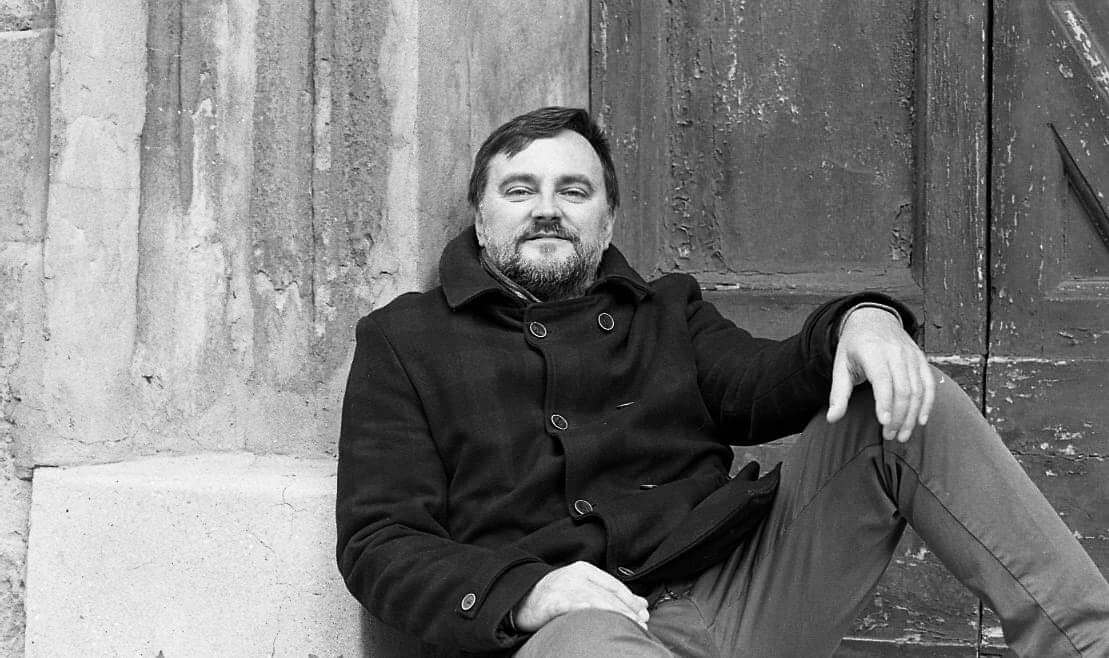
Christian Sinicco © Daniele Ferroni
#2 „The Lakes of Plitvice“ by Vanni Schiavoni (English translation by Graziella Sidoli)
Born in Manduria, Italy, but living in Bologna, Vanni Schiavoni published five poem collections: "Nocte" (1996), "The Suspended Balcony" (1998), "Of Humid and Days" (2004), "Salentitude" (2006), and "Walnut Shell" (2012). He also published two novels "Like Elephants in Indonesia" (2001) and "Mavi" (2019) and edited the poetic anthology "Red - between eroticism and holiness" (2010). Most recently, he also published poetical plaquette „Croatian Notebook“ which features twelve poems dedicated to six Croatian sites: Plitvice Lakes, Kornati, Šibenik, Trogir, Split, and Dubrovnik. Schiavoni wrote the "Croatian Notebook" after a week-long journey in the summer of 2017. His birthplace Manduria is located in the region of Puglia which is 30 miles away from the Pelagosa (Palagruža), the most distant Croatian island, and his surname originates from the name of the Slavonia region in Eastern Croatia.
„For me, it was not just a holiday trip but a journey in and out of everything that I am, a travel diary through which to bring out the game of mirrors between me and that place, between what I am and where I come from and what I have encountered“, said Schiavoni. This journey impacted him with images of the signs of Italy engraved in stone, mournings of the war, communist history („most heretical Communist party in the east in front of the largest Communist Party in the west“, as Schiavoni puts it) and as he added, „the same Adriatic Sea which gives both of us fishes and earthquakes“.
His poem „The Lakes of Plitvice“ is a lovely description of the mixture, the game, and visual eye-candy of the waters in Croatia's oldest National Park, and it linked with a search for bravery and the encouraging point that good and beauty can defeat evil and change it to something better.
THE LAKES OF PLITVICE
The first day they always plunge down into the same spot
the river rapids that come to the encountering
of the white river with the black river
and the more we think ourselves ready with our shrewd eyes
the fewer the adjectives made available to us before that wonder:
the green rush pushes our pupils towards a wild frenzy
it pushes them inside the tearful torrents by our feet
in the shrouded darkness of the sequential caves
and in the vertical caverns sculpted
as if by a hand capable of it all.
Yet Judas must have passed by this place
and though perhaps not the one with burning lips
a simple Judas must have become lost
in this mysterious grid of remorse.
These lakes fall into lakes as lashings on yielding branches
they flow into other waters and so they rain
endlessly
and perfectly untouched.
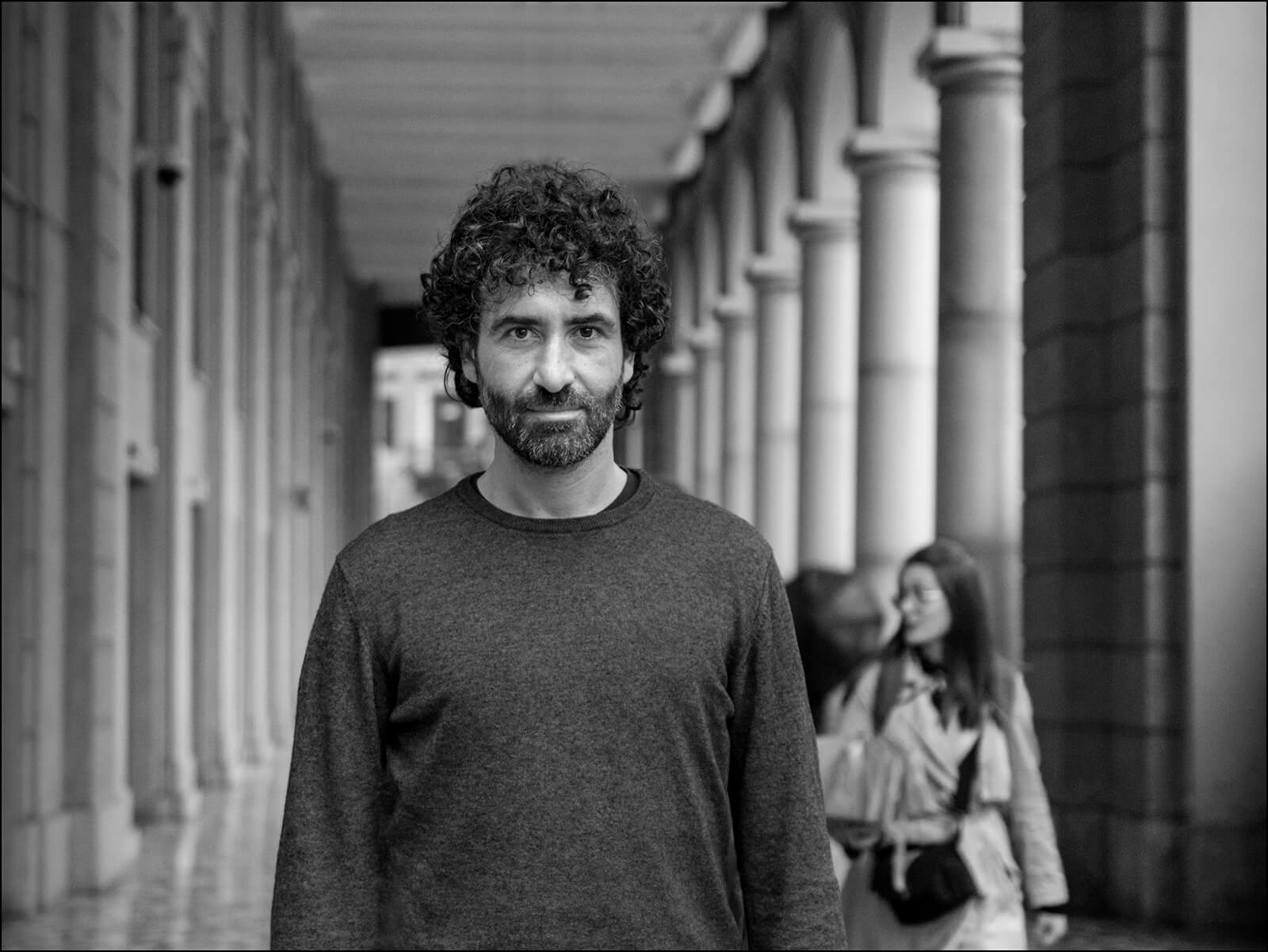
Vanni Schiavoni © Dino Igmani
#1 „Dubrovnik Rock“ by William Vastarella
After Schiavoni and Sinicco, our first-ranked poet is the conclusive evidence there is something so incredible about Croatia it really inspires poetically-inclined neighbors across the Adriatic. Born in Napoli in 1974, William Vastarella is a teacher of Italian Literature, geography, and History. He's has a Ph.D. in semiotics from the University of Bari and writes for several literary and cultural magazines in Italy. He also edited several poetry anthologies as well as semiotic essays. Vastarella visited Croatia several years ago and had a cultural and relaxing holiday on the seaside. „I found her so full of the Mediterranean spirit that I wrote a poem in Italian. I tried to translate it in other words, trying to leave intact the sounds of that memory“, said Vastarella about his poem on Dubrovnik.
The poem „Dubrovnik Rock“ is fantastic in the way, Vastarella visually invokes the images from the history of Dubrovnik (Ragusa) Republic and the relationship it had with Italians at that age with the waves of the Adriatic Sea as the link between Italy and Dubrovnik but also between past and present.
Dubrovnik Rock
Other singers claim to feel
singular vibes in the waves
Nearby this shore,
and so do I.
Ragusa, Dubrovnik
A name is not enough
To trap a soul.
I ask myself
Who’s the other side
Of the other side
As the seawater shuffles.
I touch with my finger
and now I know it’s real
the steel and the wood of the boat
powerful works of man
that wipe out weapons
and I ask no more.
I realize
we have been both
pirates and emperors
centurions and barbarians
through the centuries
each one to the other
a flurry flow
of slavers and Slavs,
slayers and saviors.
Sometimes when the north wind blows,
melting the white in waves,
painting clouds of amazing blues
mirroring the water in the sky,
space seems to become so narrow,
so easy the neighborhood,
then all
the voices of the ancient age
of an ancient game
of thousands lost
in that spot of time,
that spot of sea,
mutate in a mute roar singing
in which merge the rage of riot
and the call for help of a lot
castled in the rock
waiting for a drop of rain to drink
or friend sails on the horizon.
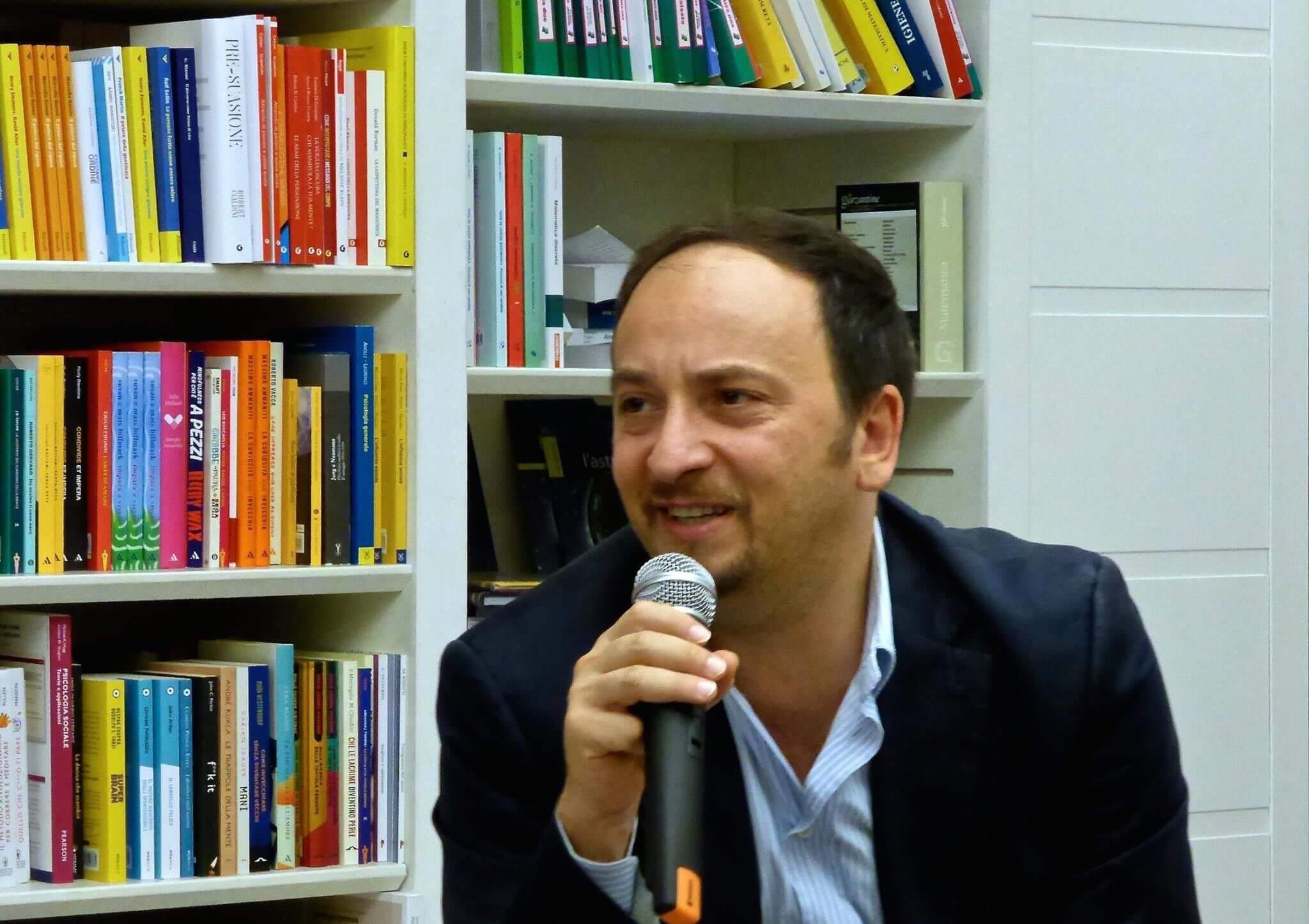
William Vastarella © Vito Signorile
For more about lifestyle in Croatia, follow TCN's dedicated page.
People Also Ask Google: How to Get to Istria, Croatia in 2021?
February 17, 2021 – In Google's "People also ask" feature, the hard questions are the ones that start with "how." It is not always easy to find answers how to do something or how to get somewhere. However, in this article, we will try to explain how to get to Istria, the biggest and famous Croatian peninsula.
Located in the most western part of Croatia, Istria is a peninsula known for its rich cultural heritage, as well as it's delicious gastro offer that includes world's best wine, olive oil, and truffles. Last year, Istria was named world's best olive oil region for the sixth consecutive year, which is one more reason why Istria is an unavoidable place to visit when in Croatia.
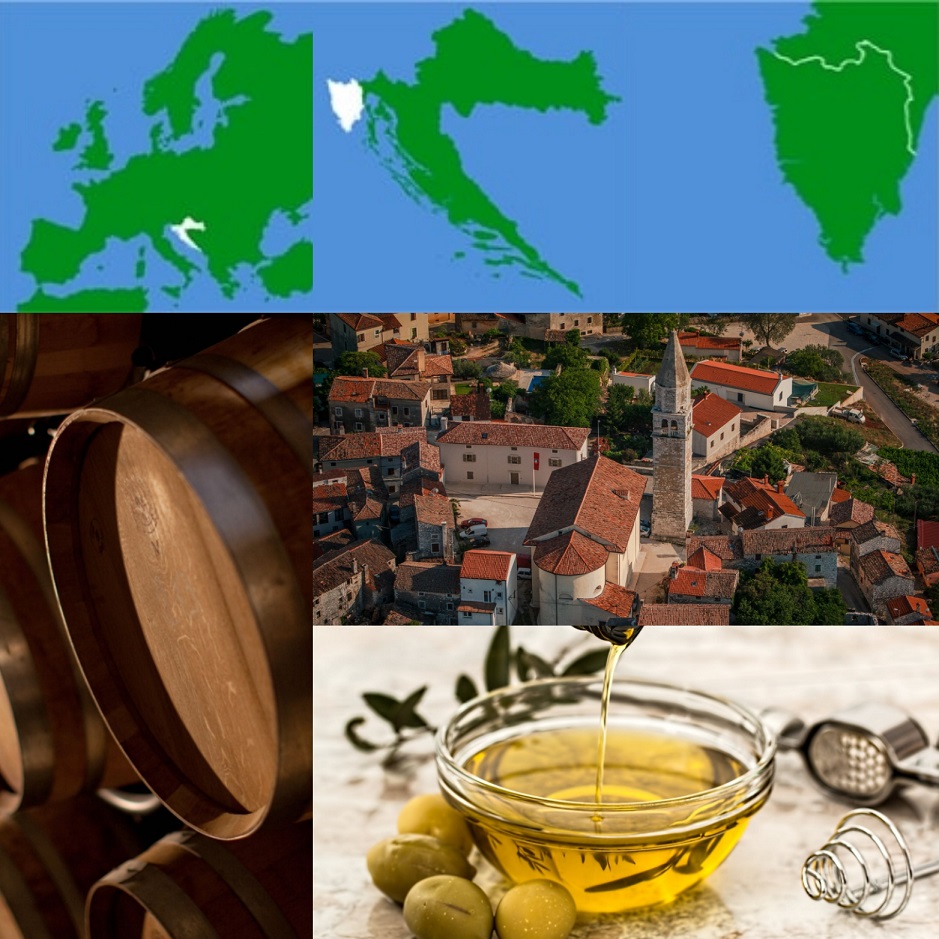
Sources: Istria.hr, Pexels, Romulić and Stojčić
We will let you explore the charms of Istria for yourself, but first, we will try to help you how to get to Istria.
How to get to Istria Croatia by car?
Istria is one of the best, if not the best traffic-connected Croatian coastal region. Thanks to its geographical position, it achieves a record number of tourist arrivals and overnight stays every year, and the cities of Poreč and Rovinj are at the very top of Croatian tourist destinations.
The largest number of tourists come to Istria by land, by personal vehicles, from the close countries of Germany, Austria, and Italy. If you're coming to Istria from those countries, or from that direction, you must pass through Slovenia.
There are four main border crossings with Croatia and Slovenia in Istria. The first ones are Plovanija and Dragonja/Kaštel, from the direction of Koper, marked in red on the photo below.
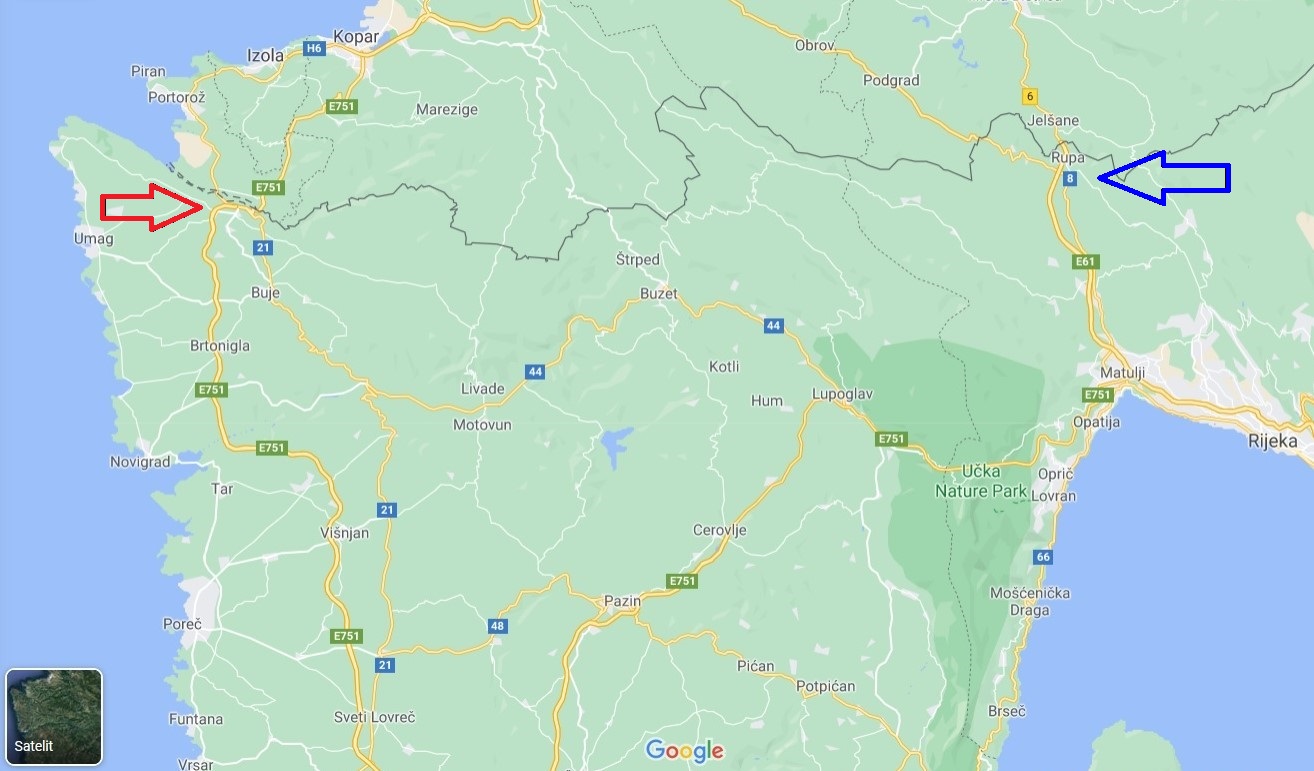
Screenshot Google Maps
The road to Plovanija goes along the Slovenian shore, and the border crossing Dragonja/Kaštel is on the road E751. After the Croatian border, that road connects with the most famous and most important road in Istria – the so-called Istrian Y, a Y-shaped highway, which connects all parts of Istria.
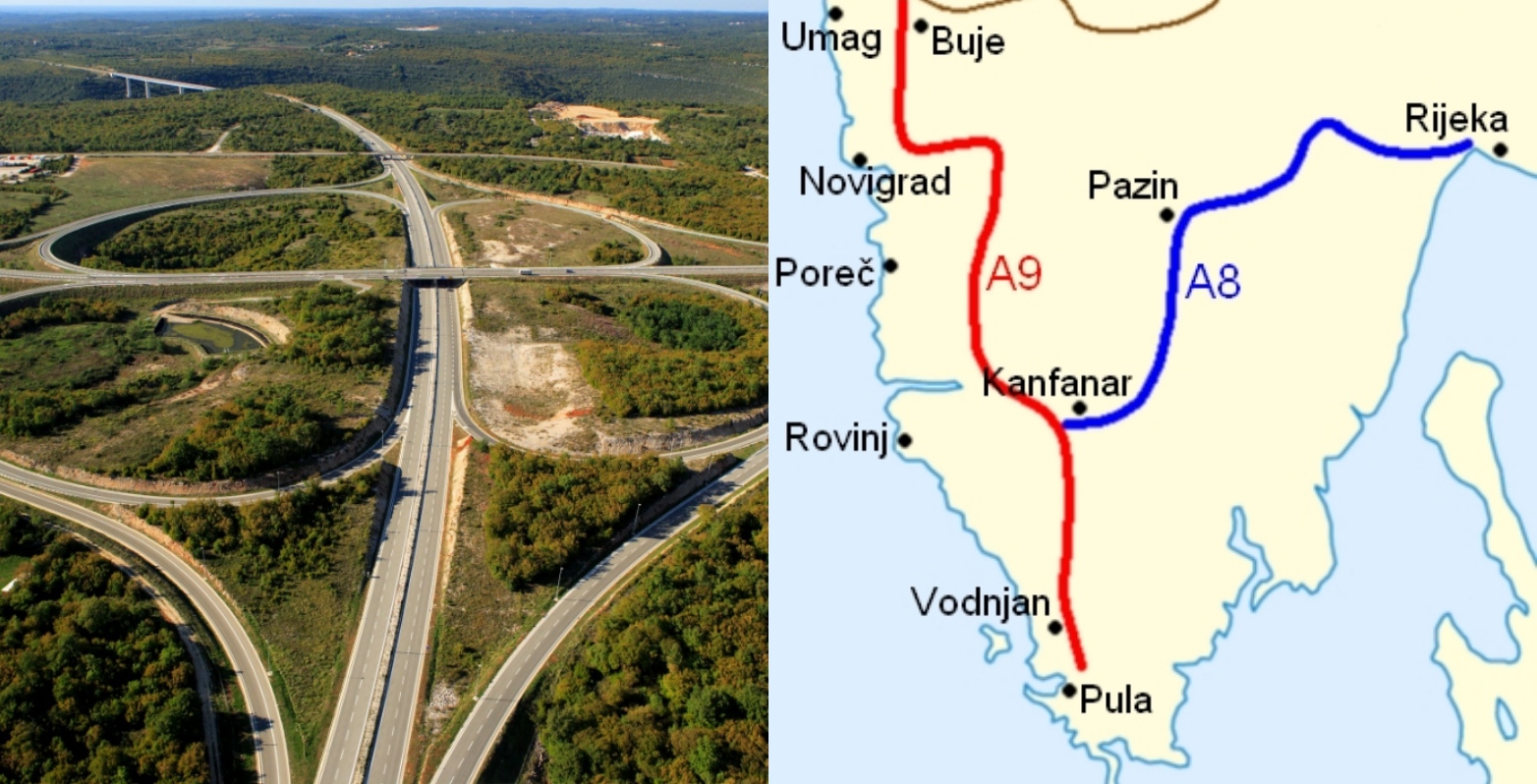
On the left: Center of Istrian Y in Kanfanar (Romulić and Stojčić) / On the right: the map of Istrian Y (Wikipedia)
That part of the Istrian Y, marked in red on the photo below, goes along the western shore, and it is a highway A9 from the Slovenian border to Pula. It connects Istrian cities of Umag, Novigrad, Poreč, Rovinj, and Pula. However, the highway itself is a little away from these cities, so you will have to turn to state roads to reach them.
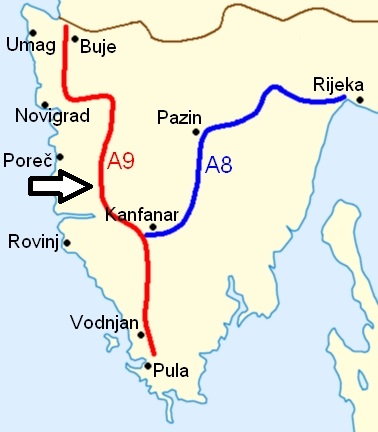
A9 highway, a part of Istrian Y, marked in red / Wikipedia
The second two important - and also the busiest - border crossings in Istria are Pasjak and Rupa, marked in blue on the first photo. Although they are located in the Primorje-Gorski Kotar County, they are a gate to Istria County.
As shown on the photo below, the highway E61 goes to Croatia via the Pasjak crossing border from the direction of Trieste in Italy. If coming from the direction of Ljubljana, you must cross the Rupa crossing border. Highway E61 (in Croatian: highway A7) from both Pasjak and Rupa end in Matulji (marked in red) near Rijeka, where it connects with the second part of Istrian Y – highway A8 that goes to Kanfanar, the center point of Istrian Y.
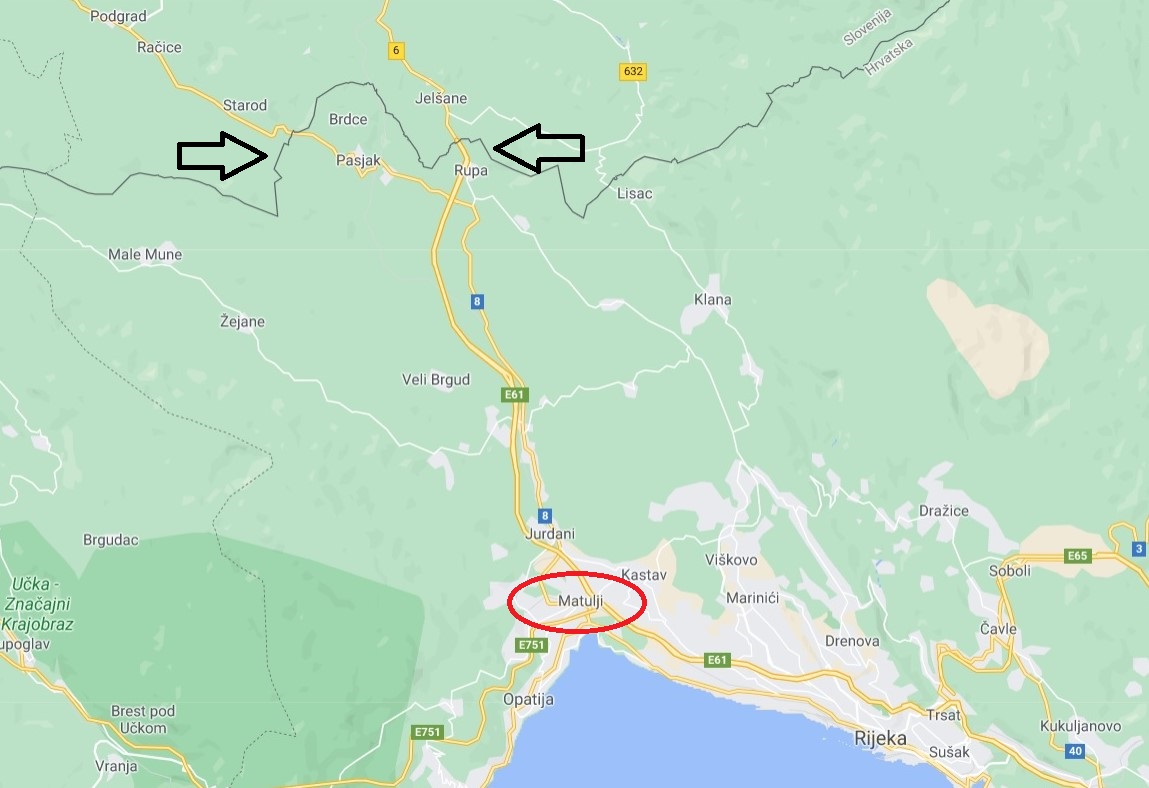
Screenshot Google Maps
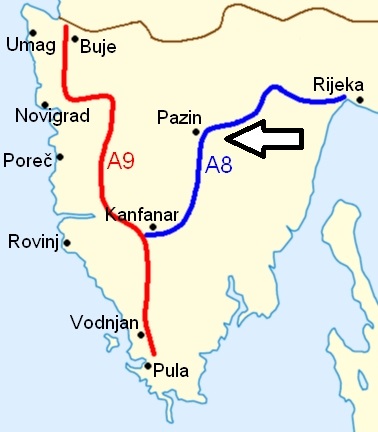
A8 highway, a another part of Istrian Y, marked in blue / Wikipedia
Remember, once you reach Istrian Y, you can reach any part of Istria. Istrian Y is actually a system of two highways, A8 and A9 – learn more about the Istrian Y.
Other Slovenian-Croatian border crossings are Bregana near Zagreb and Macelj near Krapina, from where you can go to Istria via highways E59 and E65.
How to get to Istria by plane?
The only airport in Istria is the one in Pula, while the other close airports are in Friuli Venezia Giulia Airport in Trieste, Marco Polo Airport in Venice, and Treviso Airport in Italy, Jože Pučnik Airport in Ljubljana in Slovenia (also known as Brnik Airport or Fraport Slovenia), Zagreb Franjo Tuđman Airport and Rijeka Airport in Croatia.
Pula Airport welcomes both charter and scheduled flights. Before many flights were canceled due the pandemic, Pula Airport had a solid tourist traffic. One of the most popular airline in Pula was Ryanair, offering cheap flights to some of the biggest European cities. However, the traffic in Pula Airport dropped by 89.6 percent in 2020, compared to the record 2019.
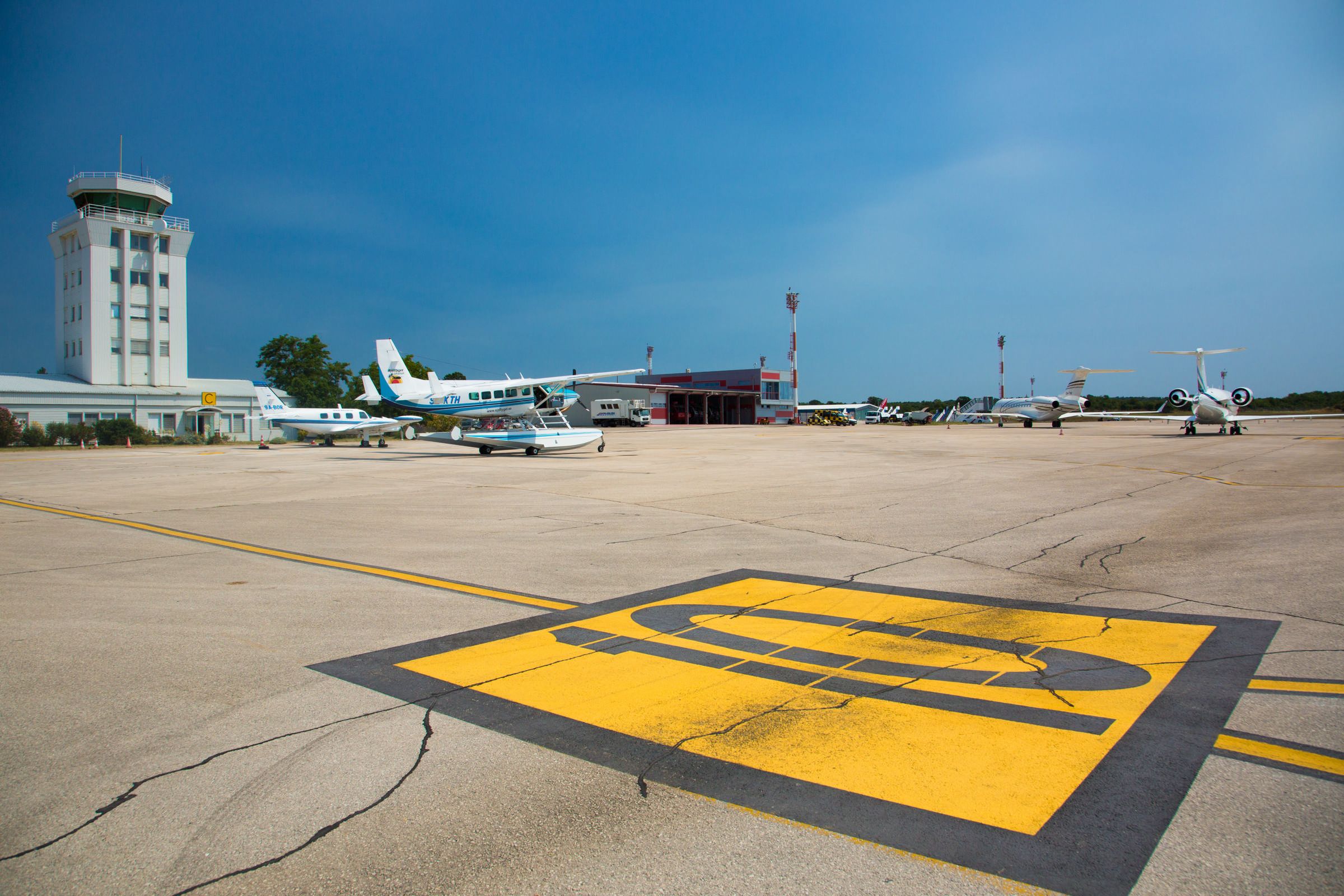
Pula Airport by Romulić and Stojčić
Airlines operating to Pula Airport in 2021 are Air Serbia, British Airways, Croatia Airlines, EasyJet, Eurowings, Finnair, Jet2.com, Lufthansa, Norwegian, Ryanair, S7 Airlines, TUI, Volotea, and Wizzair.
In 2021, it will be possible to come to Pula, Istria by flights from Belgium, Croatia, Denmark, Finland, France, Germany, Ireland, the Netherlands, Norway, Russia, Scotland, Serbia, Sweden, Switzerland, Ukraine, and the UK.
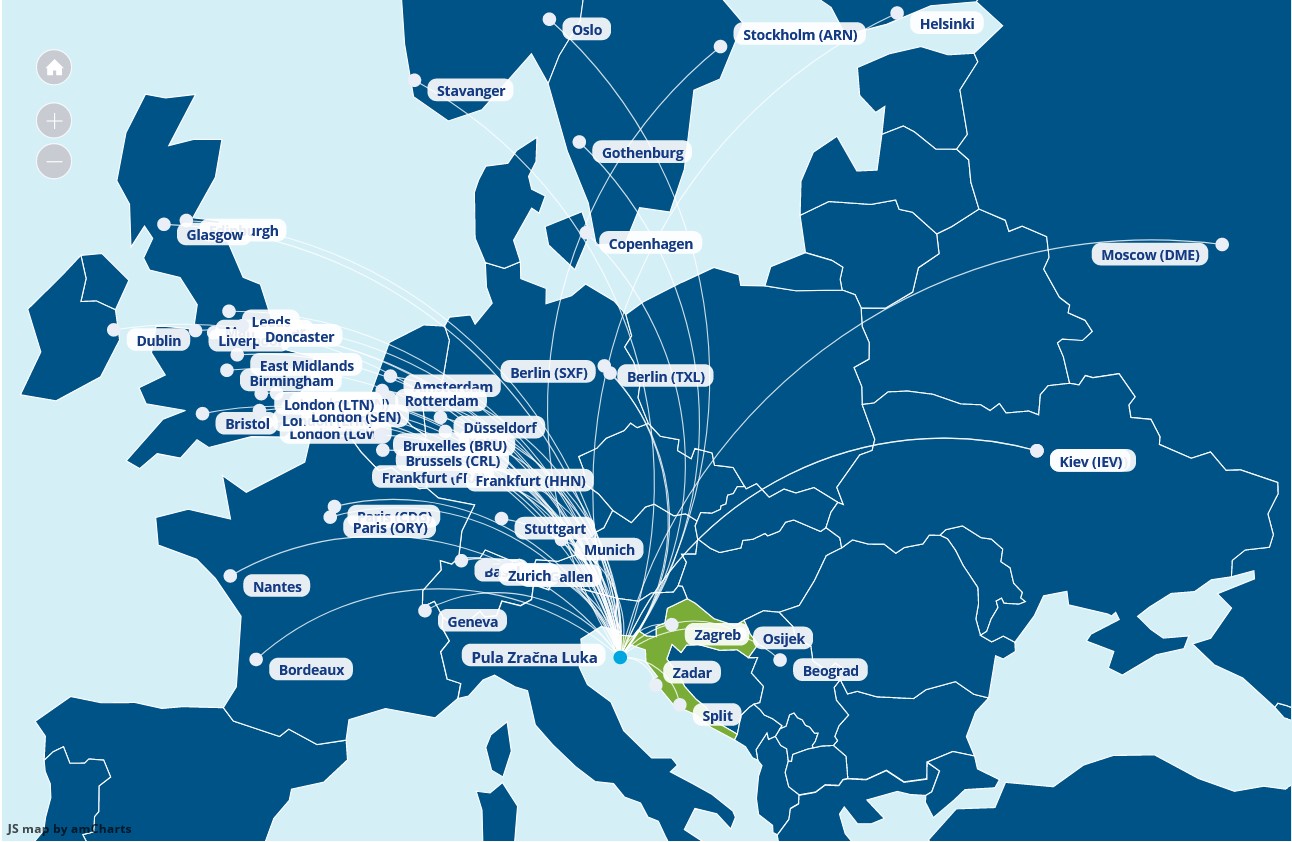
Screenshot Pula Airport
Follow TCN's dedicated page for the newest information about flights to Croatia.
How to get to Istria by bus?
If you come from neighboring countries, the bus may be a good option to get to Istria. Since northern and western Croatia is well-connected with northern Italy, you can get to Istria by bus from Trieste to Buje, Poreč, Rovinj, Pula, along with other places on the way. The bus from Trieste to the western part of Istria, as well as to Rijeka, operates throughout the year.
There are also bus lines from Venice to Pula by the Pula-based bus company FILS, operating the whole year. Another Pula-based bus company Brioni Pula provides bus services from Padova (with stops in Venice and Trieste) to Vodnjan, Rovinj, Buje, and Pula. All the bus lines from Italy to Croatia can be found here (in Croatian).
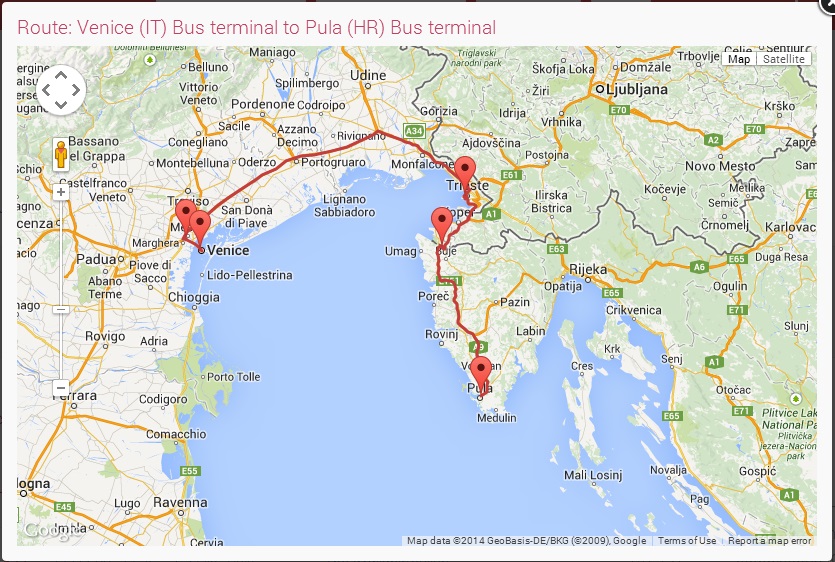
Bus routes from Venice, Italy to Pula, Croatia / Buscroatia.com
Istrian bus companies Brioni Pula i FILS also provide bus lines from many Croatian cities, mostly from the capital of Zagreb. If you're coming from continental Croatia, Istria is the closest seaside region to visit. There are many bus lines, especially during summer. You can find them also on the Flixbus and Arriva bus companies' webpages.
How to get to Istria by ferry?
Since Croatia has a sea border with Italy, one way to get to Istria from Italy is ferry. There are two ferry providers from Italy to Istria – Adriatic Lines and Venezia Lines.
Adriatic Lines operates from Venice to Istrian cities of Pula, Rovinj, Poreč, and Umag. Catamaran lines from port San Basilio in Venice to Istrian cities last about two and half hours. One-way ticket price is 65 euros (or 500 kunas) for adults and 32.50 euros (250 kunas) for children. The schedule for 2021 is still unavailable.
Adriatic Lines' catamarans are quite famous, as they are recognizable in Istrian ports. "Prince of Venice," mostly seen in Poreč port, has an attractive and distinctive design, while "Adriatic Jet" is known for its speed and interesting appearance.
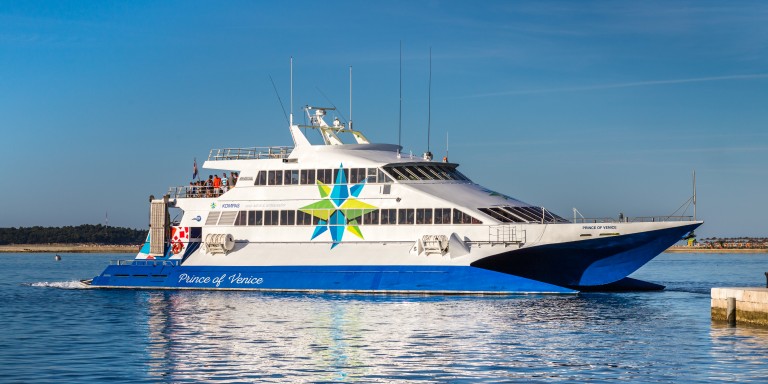
Prince of Venice in Poreč port / Adriatic Lines
During summer, namely from April to October, Venezia Lines have catamaran lines from Venice to Piran, Poreč, Pula, Rovinj, and Umag. Ticket prices range from 59 to 69 euros per person (450 to 520 kunas per person). It takes about three hours and 15-30 minutes to get in one direction, depending on the route. However, the schedule for 2021 has not yet been published.
Ferries from Istria to Italy also allow the transport of pets and bikes.
To find more ferries from Italy to Croatia, check the Istrian Sun webpage.
How to get to Istria by train?
If you decide to come to Istria by train, you can arrive very quickly using the lines from Ljubljana or Zagreb.
The line from Ljubljana can take you to Buzet or Pula every day and it takes four hours. There are no more trains going from Italy to Croatia.
If traveling from the Croatian capital, there are no direct train lines to Istria. However, you can take the train to Rijeka, but then travel by bus from Rijeka to Lupoglav, from where you can continue your train journey through Istria, to Pazin and Pula. The whole journey take four hours. You can book the train tickets on the Croatian Railways webpage.
Six railway stations in Istria are in Pula, Kanfanar (mentioned above as the center of Istrian Y), Vodnjan, Pazin, Buzet, and Lupoglav. Pula and Pazin are the main railway stations in Istria, from where you can quicky come to western Istrian cities of Poreč, Rovinj, and Novigrad.
Fun fact about travelling by train in Istria?
Did you know that Istria is home to the only island on the Adriatic coast connected by train? Its name is Uljanik and is one of the six islands in the Pula bay.
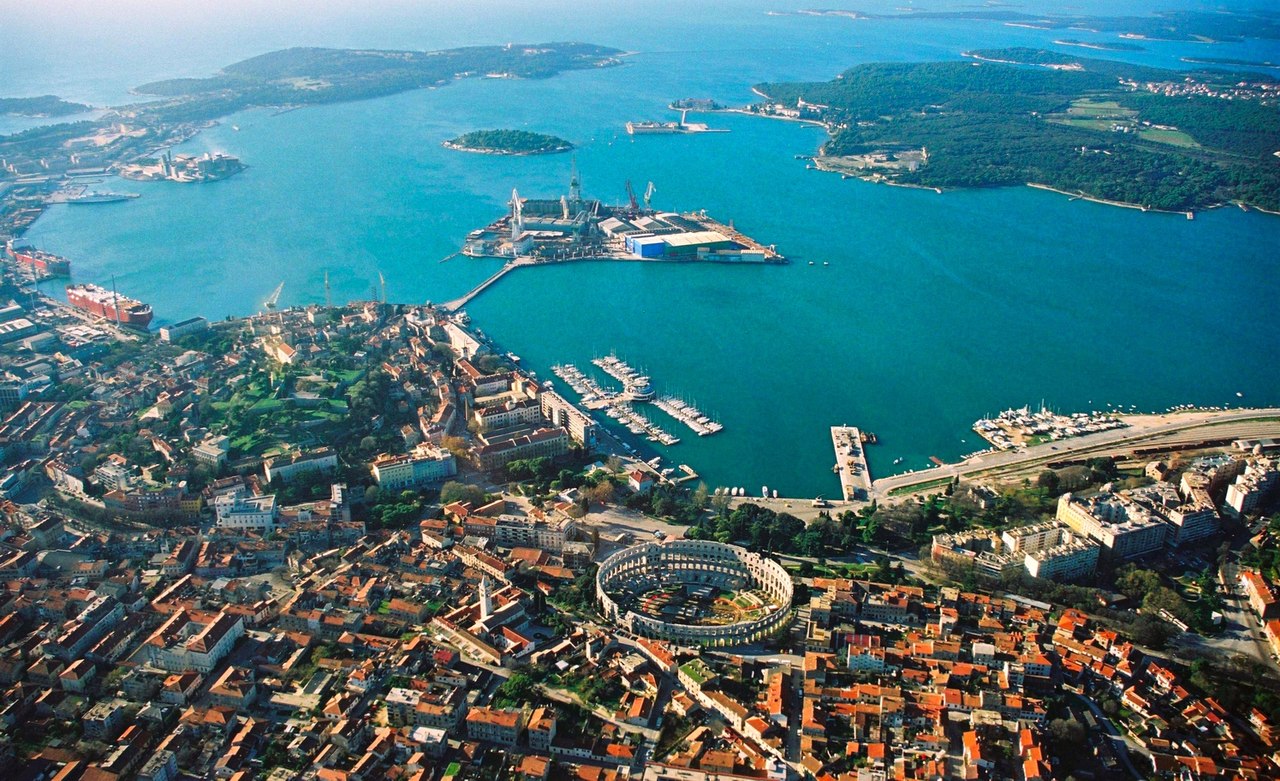
Pula and Uljanik island seen from above / Wikipedia
The name Uljanik, after which the nearby Pula shipyard was also named, comes from olive trees or, in Croatian, "ulike" that grew on it. Of all the olive trees, only one remained in the center of the island, surrounded by the Uljanik shipyard facilities, whose central plants are located on the island.
Interestingly, the industrial track for the shipyard Uljanik that goes from Pula railway station continues over the bridge, all over to the island of Uljanik. The bridge thus connects the island of Uljanik with the coast, making Uljanik the only Croatian island connected to the mainland by rail.
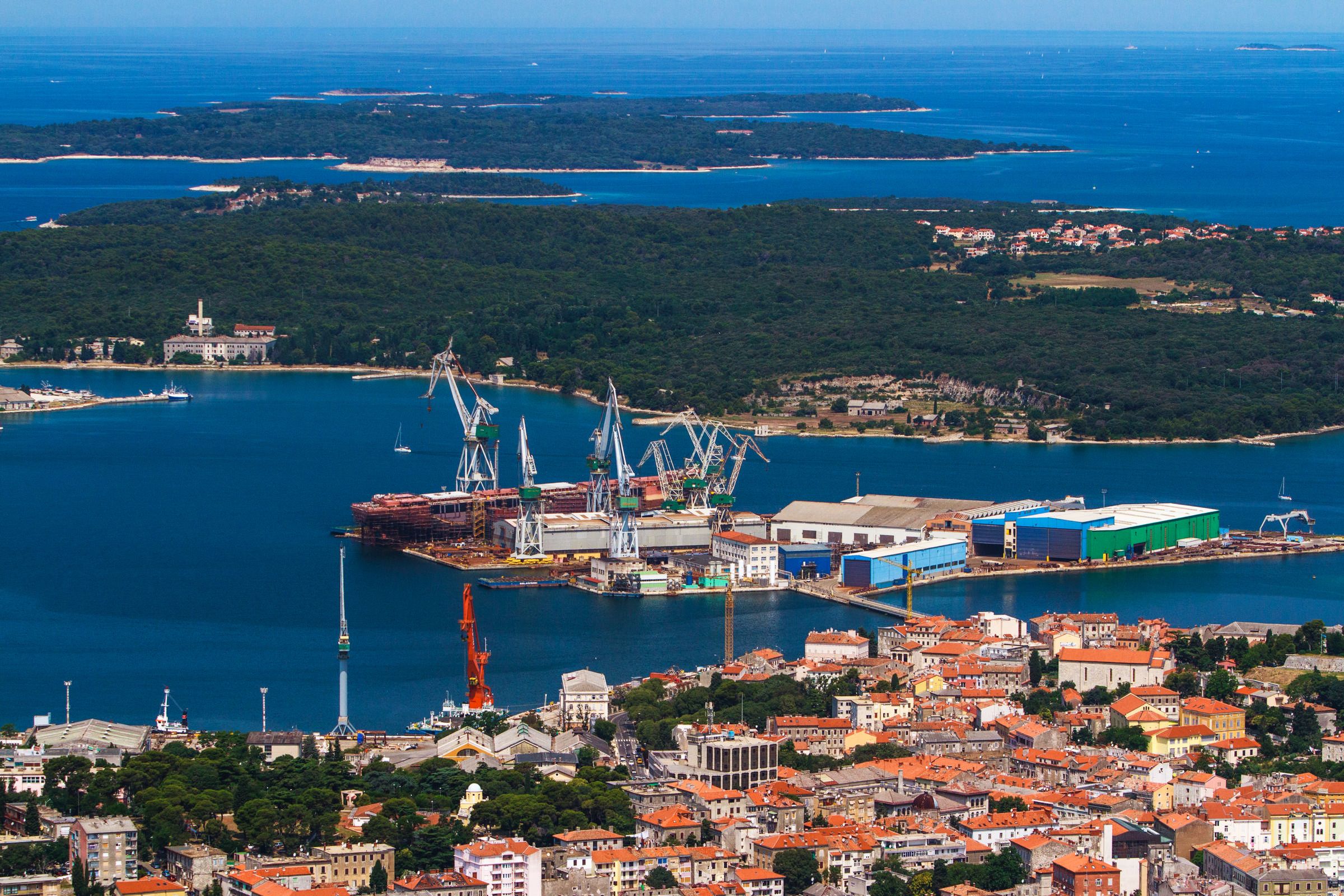
Uljanik shipyard's main plants on the island of Uljanik / Copyright Romulić and Stojčić
To follow the People Also Ask Google about Croatia series, click here.
Can Istria Become a Leading Sports Tourism Destination?
January 13, 2021 – Given the developed sports and accommodation infrastructure, as well as the organization and sports tradition, does Istria have the potential to become the leading sports tourism destination in the southern part of Europe?
With cities that regularly count the highest numbers of tourist overnight stays each year, Istria has been a top tourist destination for a long time. After a recent endeavor to brand Istria as an attractive region for top IT professionals, Istria is also promoted as a favorable sports tourism destination.
Favorable climate, vicinity to Europe
According to Glas Istre, due to its favorable position, mild climate, and developed sports infrastructure and tradition, Istrian cities on the west coast are often hosting many international clubs and national teams that come to the preparations and camps.
For example, the Croatia national handball team recently made preparations for the 2021 World Handball Championship in the Istrian city of Poreč. Their coach Lino Červar said two years ago that the national team in Poreč feels at home.
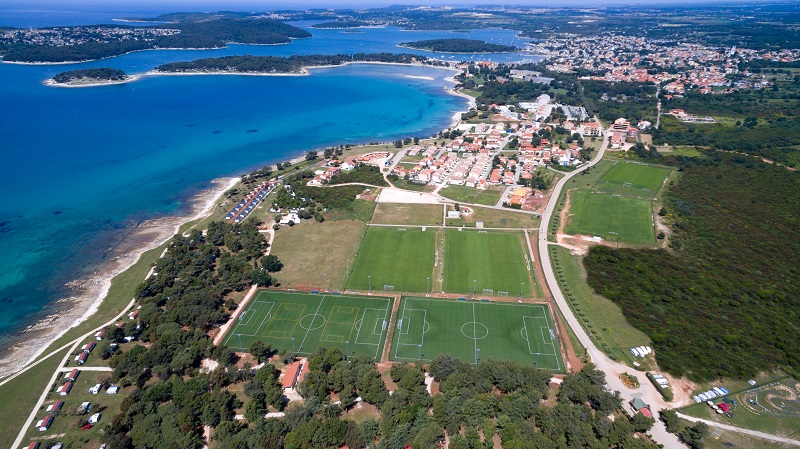
Football fields in Medulin / Gat travel agency
Comparative advantages of Istria, such as the proximity of major European cities and favorable climate in the winter months, give it a unique opportunity to compete with other warmer destinations, such as the famous Antalya in Turkey, one of the most attractive sports tourism destinations. However, it is necessary to use those advantages, adequately adjust the infrastructure, and increase and improve the offer.
The corona crisis has certainly benefited Istria, which has logically imposed itself as the best option for sports clubs' semi-seasonal winter preparations. However, once the corona crisis becomes a thing of the past and the borders open, the question is whether Istria can compete with the best.
Well-known Istrian sports destinations - Medulin, Pula, Porec, Rovinj, and Umag
Football fields near the Belvedere Hotel in Medulin traditionally attract football clubs. All six football fields are 100 to a maximum of 500 meters apart. About 200 clubs from all over Europe pass through Medulin annually, and this year it was chosen by the football clubs Lokomotiva, Šibenik, Međimurje, Slaven Belupo, Gorica, and domestic Istria 1961.
Apart from Medulin, sports tourism also thrives in the four largest Istrian cities – Pula, Poreč, Rovinj, and Umag, which also generate the largest tourist traffic. The famous Poreč sports hall Žatika, one of six halls in the city, was built for the 2009 World Handball Championship in Croatia, and as a result of many years of investment in sports, a football camp will soon be built in Poreč.
Currently, football clubs Rijeka, Slovačko from the Czech Republic, Budafoki MTE from Hungary, and Sturm Graz from Austria are preparing in Umag. The City of Umag says that they have been continuously working on raising the quality of football fields for years, especially in the Stella Maris sports center.
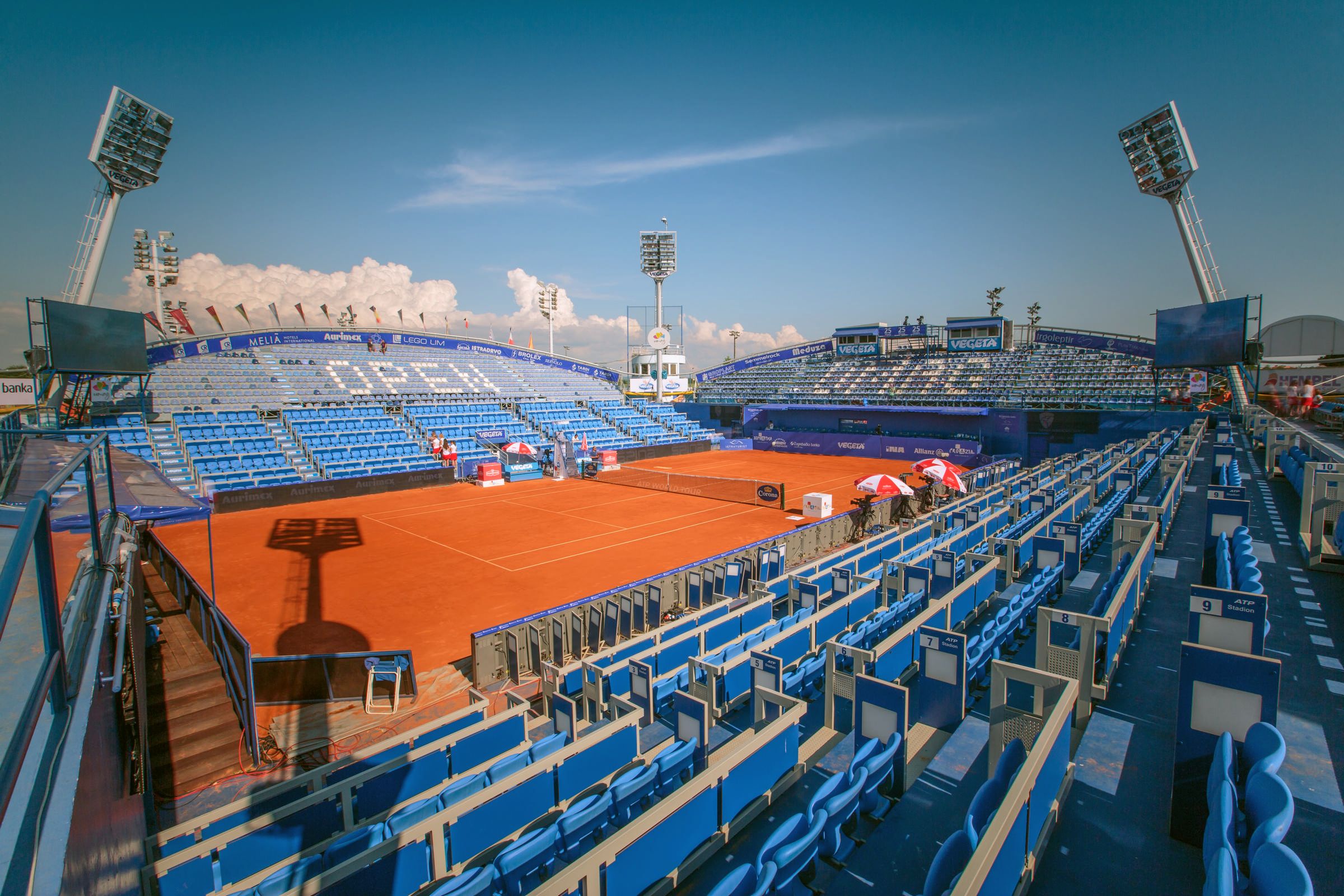
Tennis center Stella Maris in Umag / Copyright Romulić and Stojčić
Umag is already recognized as a base for the winter preparations of many European first leaguers. The current situation with the coronavirus has only further increased the number of inquiries from foreign football clubs. By the end of February, numerous first-league and second-league clubs are expected to spend their winter preparations in Umag, culminating in a series of traditional Umag Trophy youth football tournaments, for which Juventus and Bayern Münich have already confirmed the arrival.
"We have recognized all the comparative advantages of Istria. Ten years ago, we decided to develop this type of tourism, together with the Umag Tourist Board and the hotel company Plava Laguna. We notice that the potential is much greater than what we can currently satisfy with the existing infrastructure, so the sports center and additional fields are also planned," they say from the City of Umag.
Marko Kuže: Rovinj is Dinamo's winter base
Dinamo and Osijek football clubs are currently preparing in Rovinj. It seems that the corona crisis, in this case, was not crucial given that the clubs of the first Croatian football league, as well as the Croatian national football team, chose Rovinj in previous years.
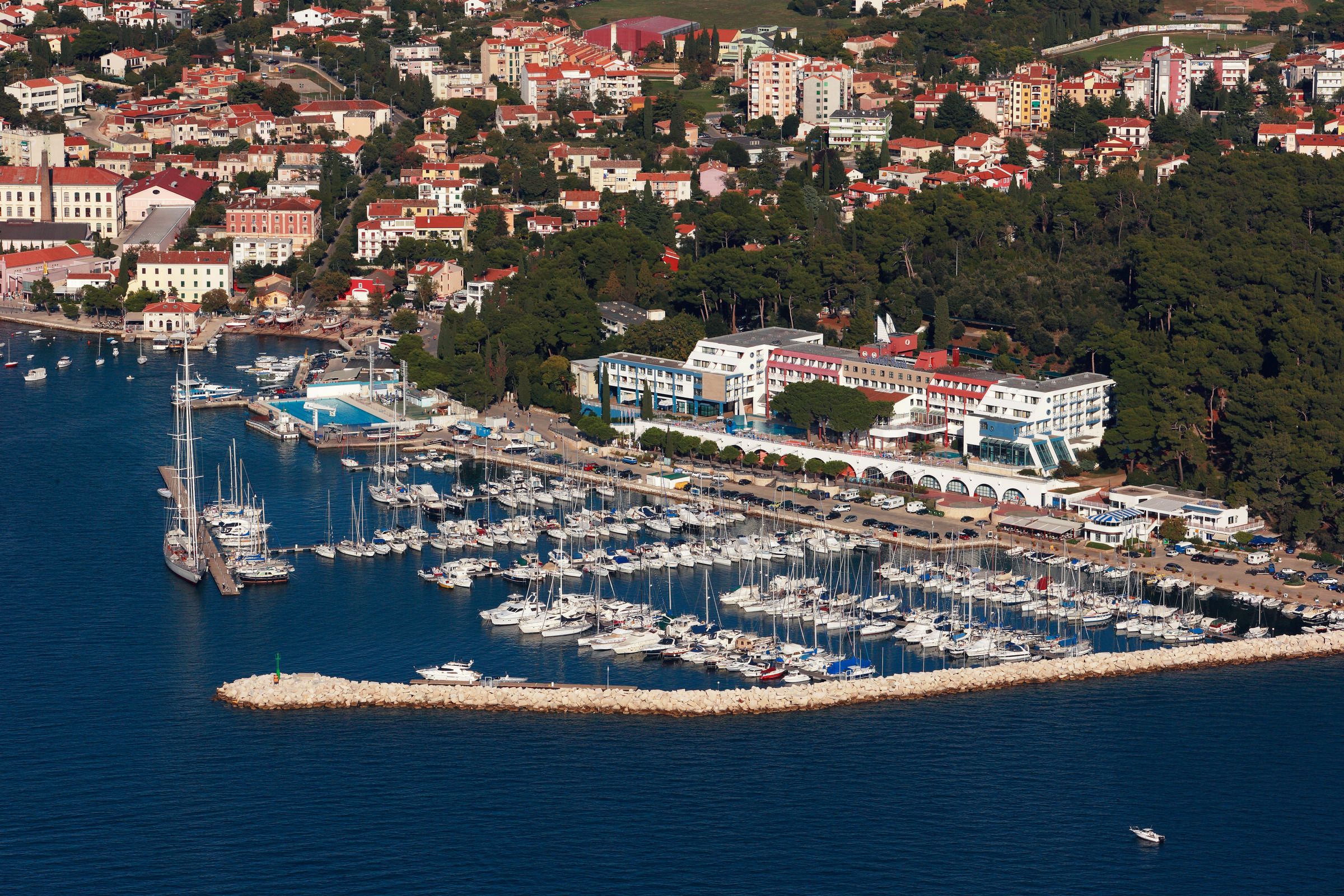
Rovinj / Copyright Romulić and Stojčić
When asked whether Rovinj can compete specifically with Turkey, the City reminds that Dinamo players declared themselves on this issue last year. They said that, given the quality of the terrain and accommodation, Rovinj is no weaker than Turkey, where they had the opportunity to make preparations before. Last year, the conditions offered by Rovinj were praised by the then Dinamo coach Nenad Bjelica, who returned here this year to prepare with the Football club Osijek.
Marko Kuže, technical director of Dinamo, says that in Rovinj, the conditions for preparations are excellent, from accommodation to the training ground.
"On behalf of the club, staff, and players, I must express my satisfaction with the hospitality. We are always pleasantly welcomed here, and this is very important in choosing a location for such a serious work process as preparations. Considering that Rovinj is already Dinamo's winter base, we have a good experience this year. There was no need to look for a location for preparations outside of Croatia because we have everything here. We see that other teams have preparations in Istria, which is also very good for domestic tourism," says Kuže.
PHOTOS: Epic Croatia Weather Photography Stuns The World
December 20, 2020 – The 13 winners of the incredibly popular World Meteorological Organization annual competition have just been announced, and two fine pieces of Croatia weather photography are among them. These spectacular images of Croatia weather photography show all 9 Croatian photographs which reached the final in 2020 and all 10 Croatian finalists who similarly stunned the global audience in 2019
Croatia weather photography: the two newly announced winners from the 2020 competition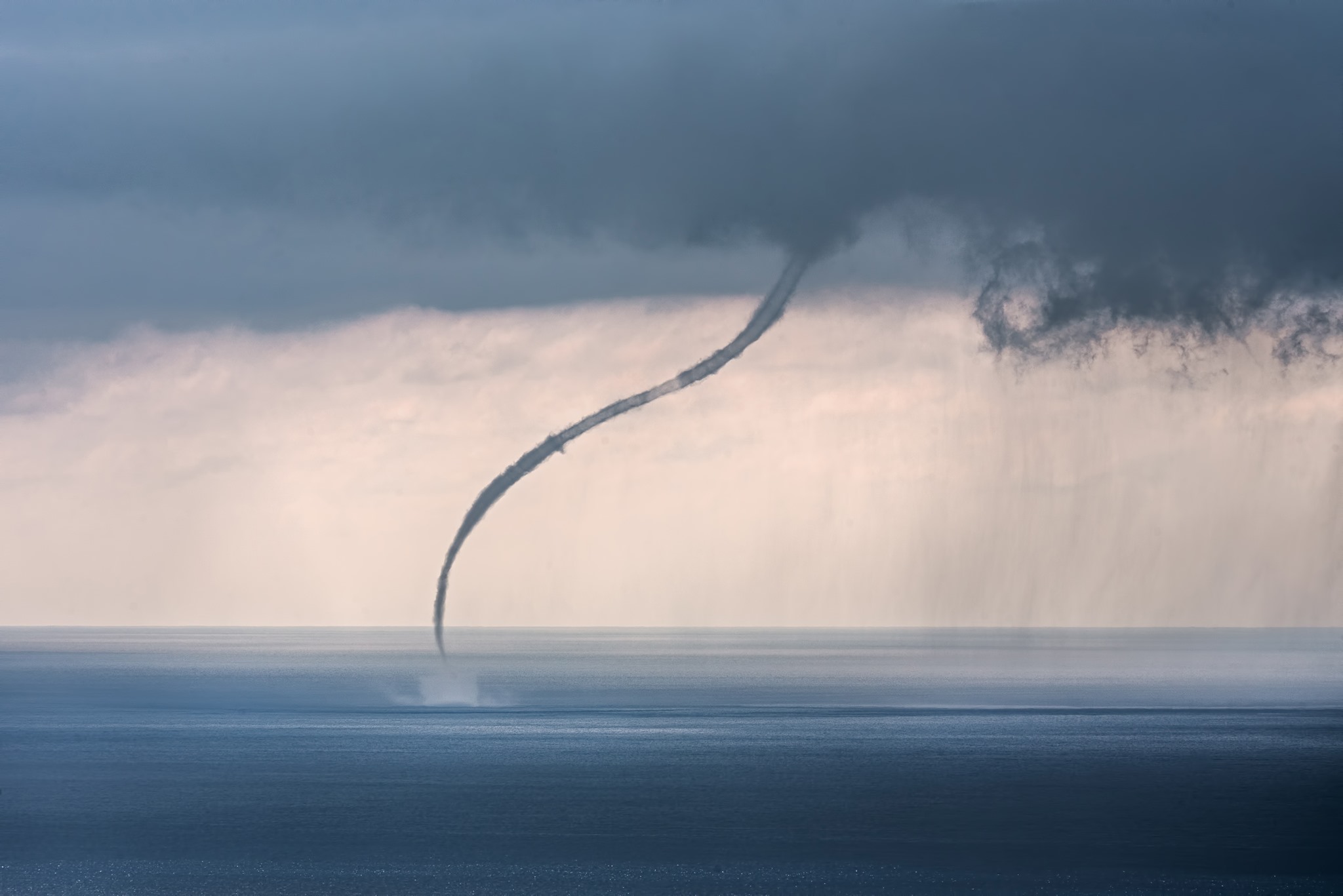 Photographer: Sandro Puncet Photo taken: Losinj island
Photographer: Sandro Puncet Photo taken: Losinj island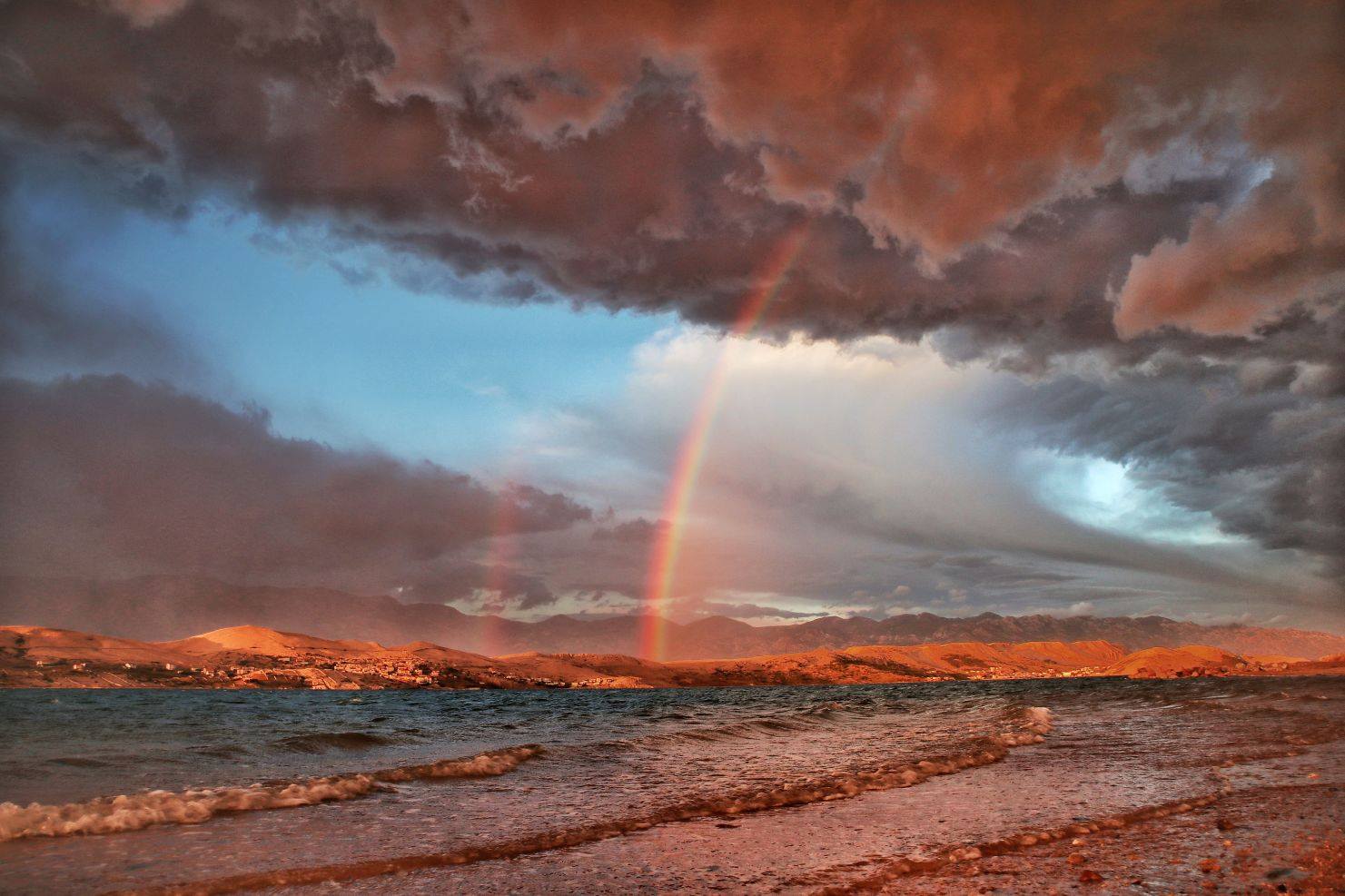 Photographer: Zrinka Balabanic Photo taken: Pag island
Photographer: Zrinka Balabanic Photo taken: Pag island
Thanks to its popularity as a tourist destination, lots of people are now used to seeing beautiful photos of Croatia. Although, the images they usually see are of idyllic beaches, cloudless skies, stunning nature and turquoise blue seas. But, as anyone who knows the country will tell you - and as these photos show - Croatia isn't always like that.
Croatia weather photography: the two newly announced runners-up from the 2020 competition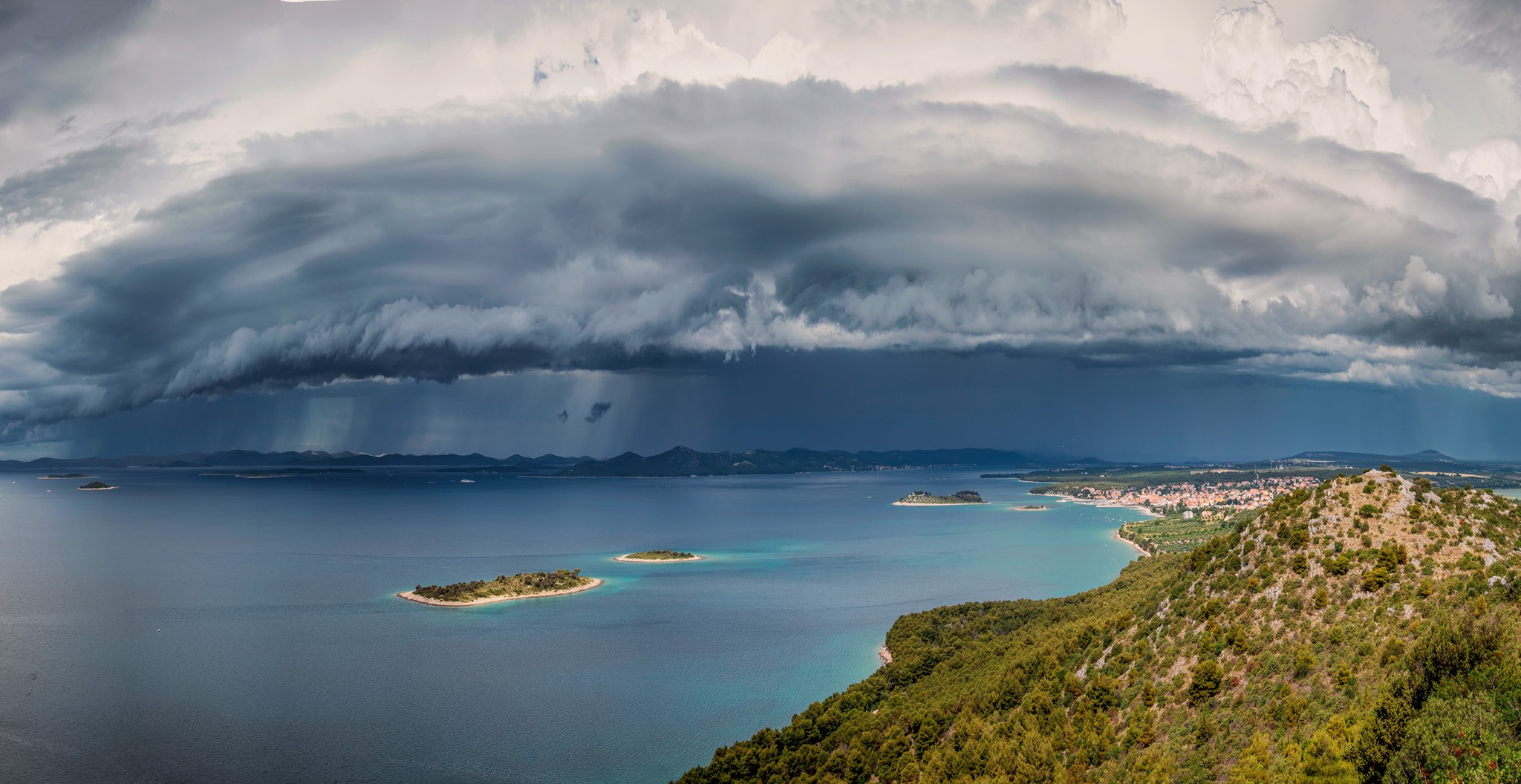 Photographer: Šime Barešić Photo taken: Drage, Pakostane
Photographer: Šime Barešić Photo taken: Drage, Pakostane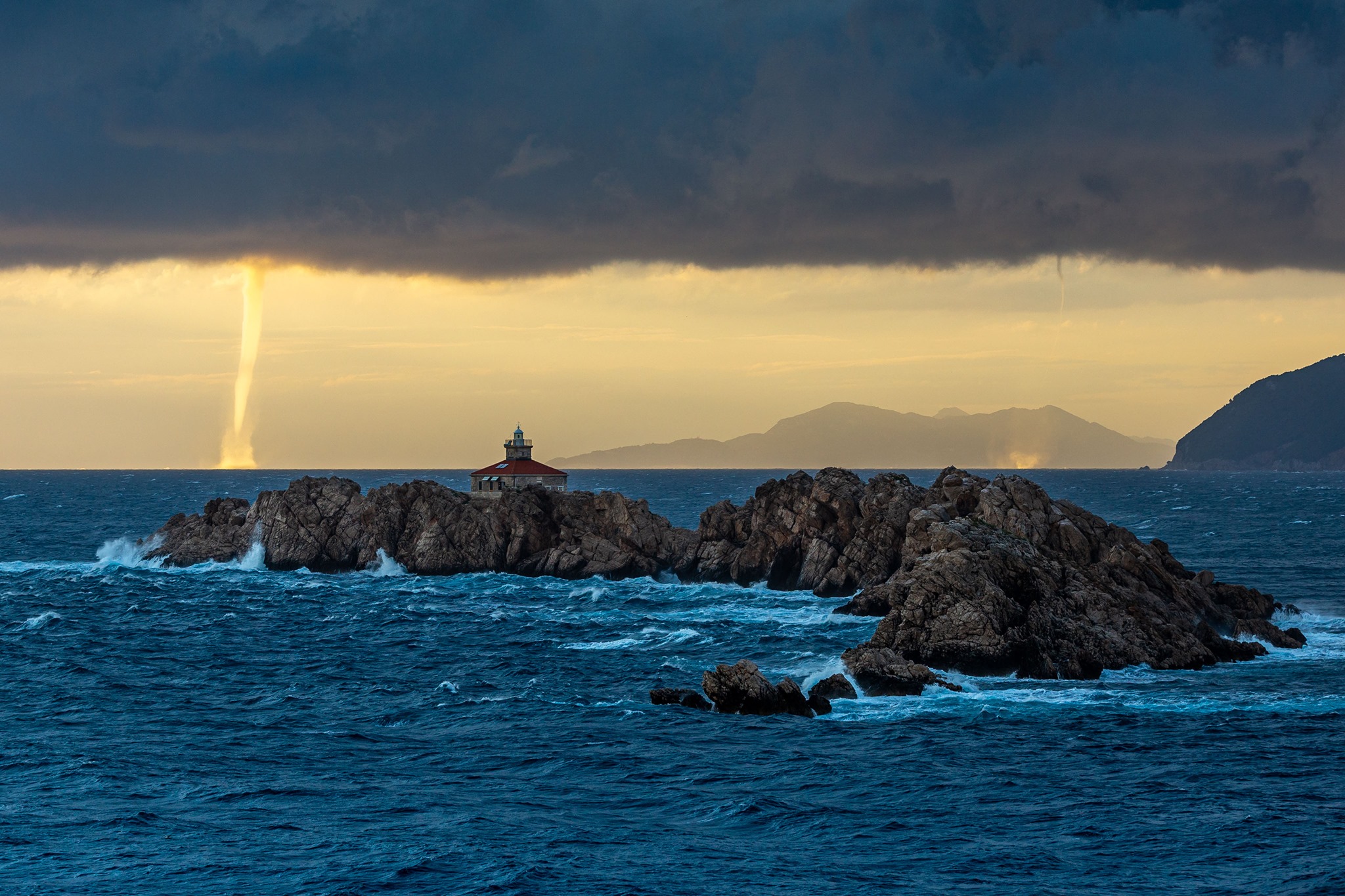 Photographer: Mislav Bilic Photo taken: Lapad Peninsula, Dubrovnik
Photographer: Mislav Bilic Photo taken: Lapad Peninsula, Dubrovnik
Out of season, Croatia can experience vastly different weather conditions to those advertised in travel brochures and blogs. And, whenever there's a spectacular weather occurrence, usually there's a photographer out there, braving the elements, trying to capture it.
Over recent years, some of the best Croatia weather photography has featured in the annual competition organised by the World Meteorological Organization. 2020 has been no different.
The other five Croatian finalists from the 2020 competition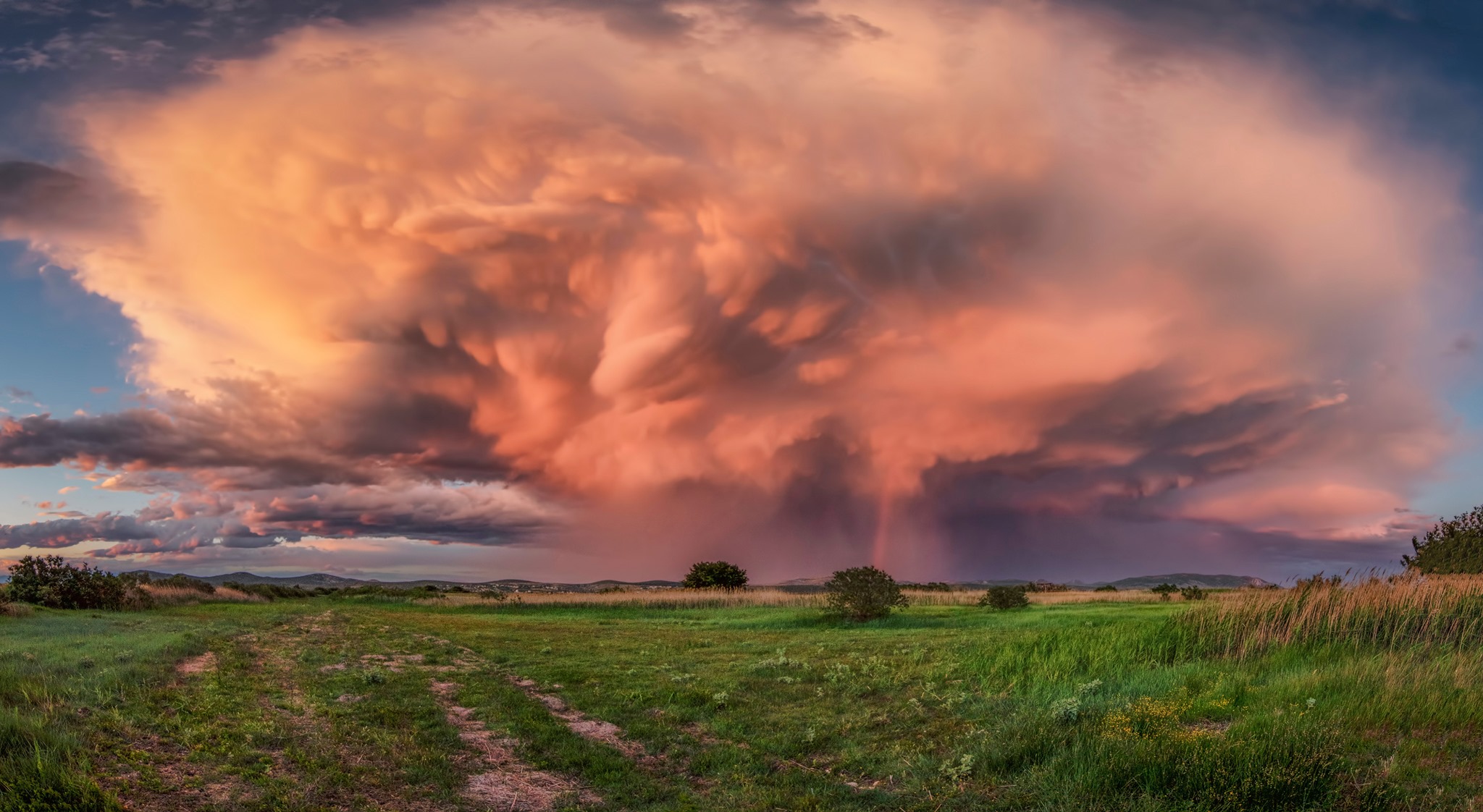 Photographer: Šime Barešić Photo taken: Drage, Pakostane
Photographer: Šime Barešić Photo taken: Drage, Pakostane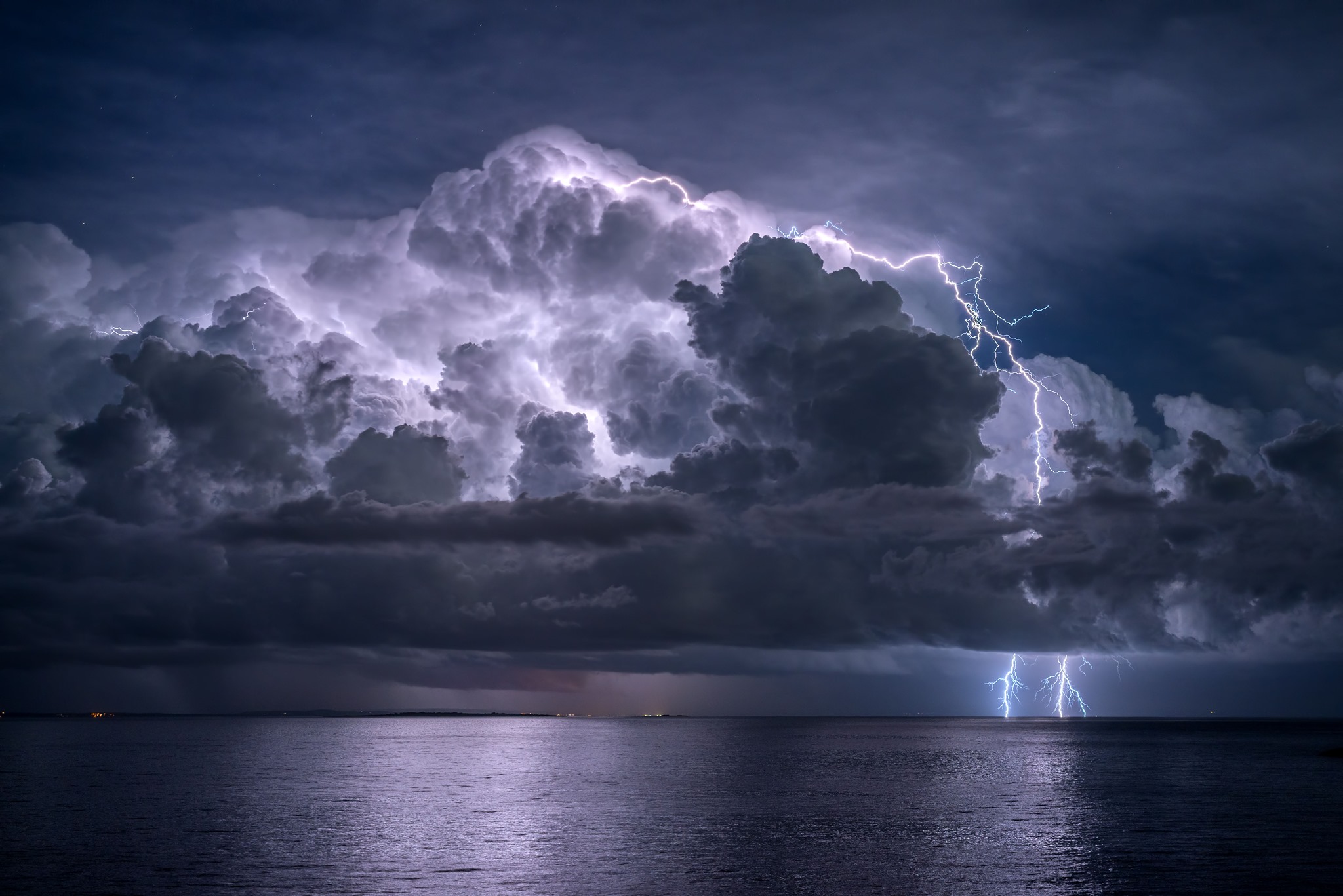 Photographer: Sandro Puncet Photo taken: Losinj island
Photographer: Sandro Puncet Photo taken: Losinj island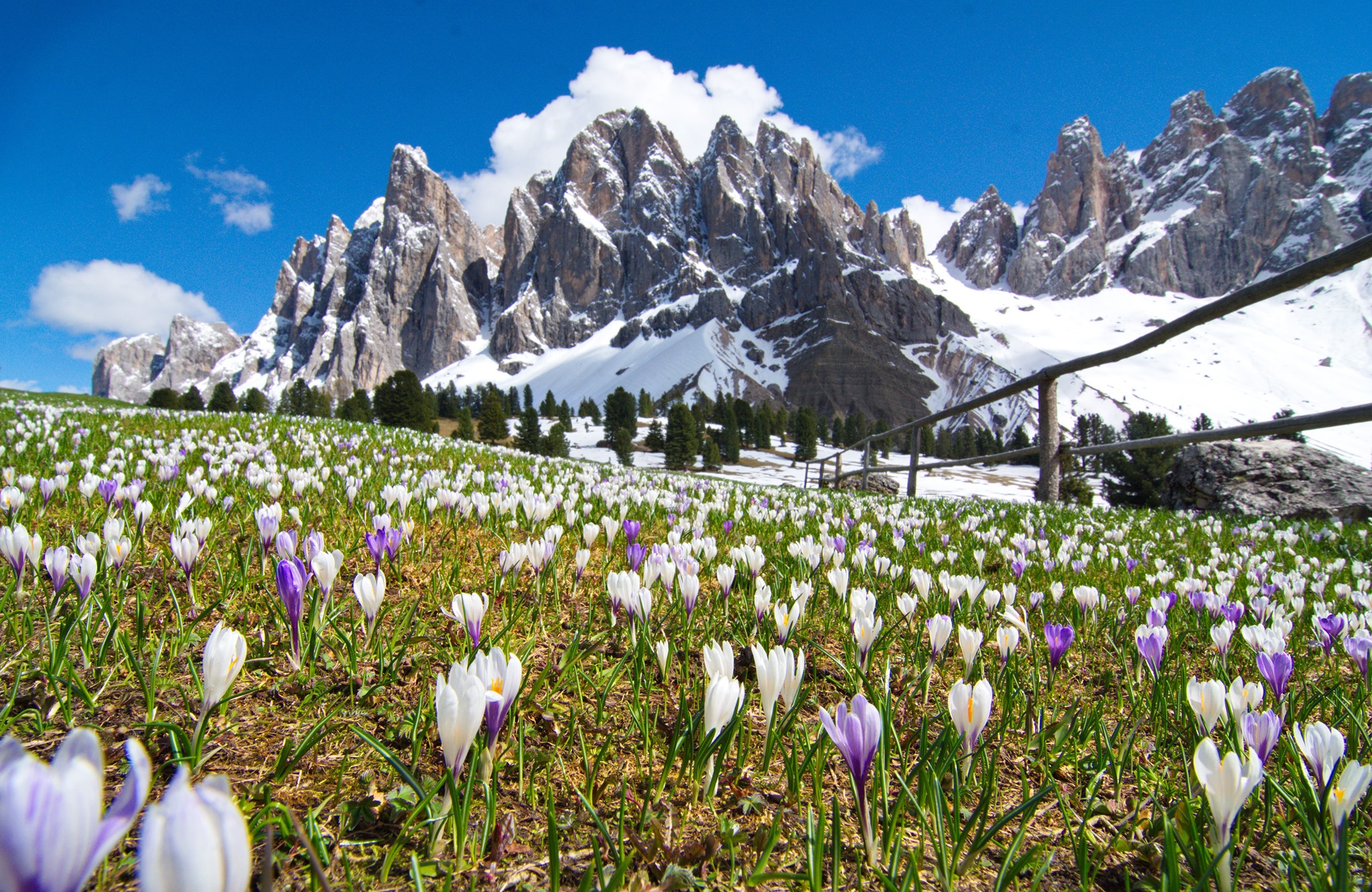 Photographer: Zoran Stanko Photo taken: Geisler Alm, Dolomites, Italy
Photographer: Zoran Stanko Photo taken: Geisler Alm, Dolomites, Italy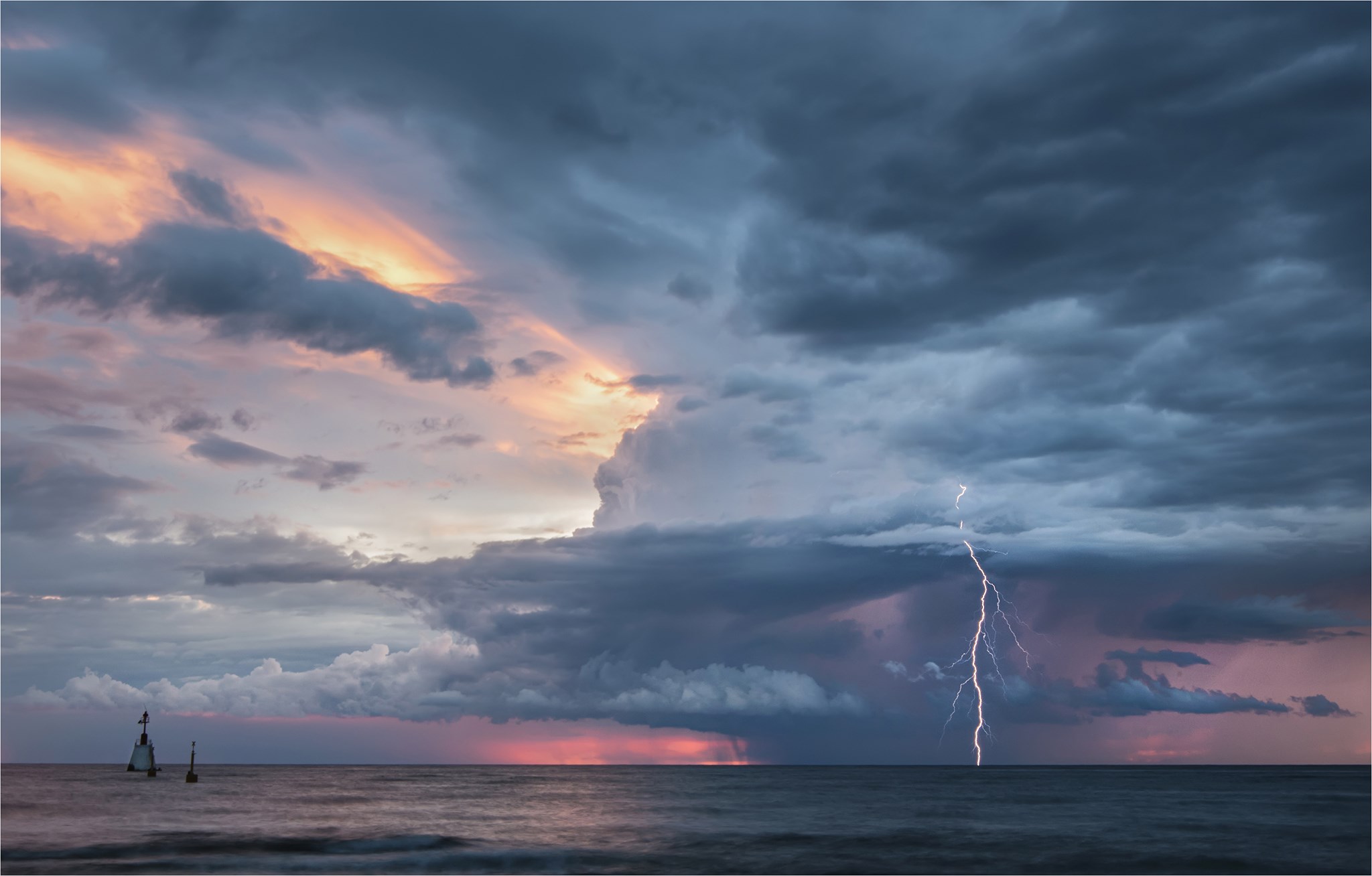 Photographer: Maja Kraljik Photo taken: Umag, Istria
Photographer: Maja Kraljik Photo taken: Umag, Istria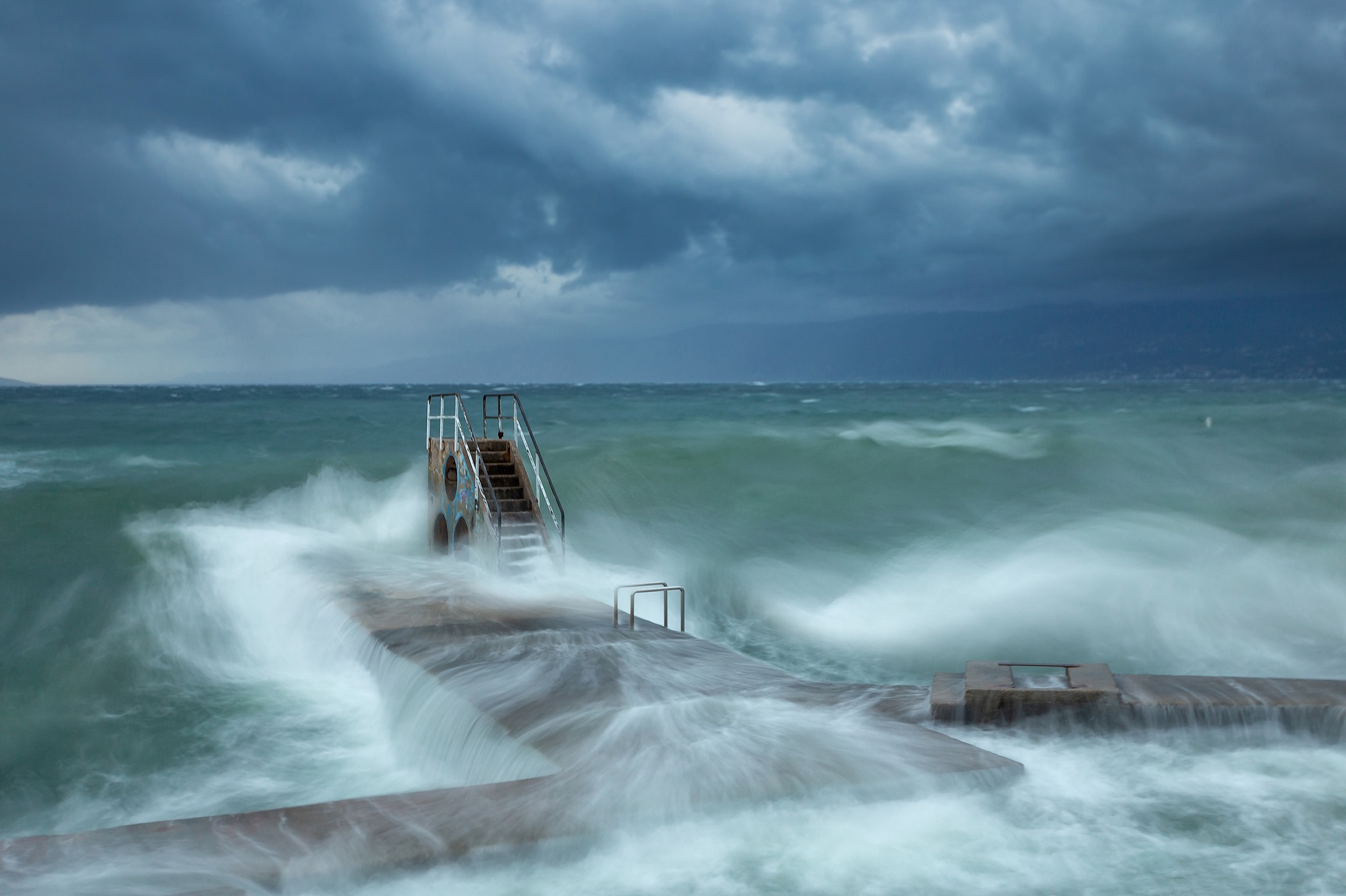 Photographer: Igor Popovic Photo taken: Rijeka
Photographer: Igor Popovic Photo taken: Rijeka
The winners of this year's competition have just been announced and the two fantastic examples of Croatia weather photography within the top 13 will take their place in the 2021 World Meteorological Organization calendar.
The 10 Croatian finalists from the 2019 competition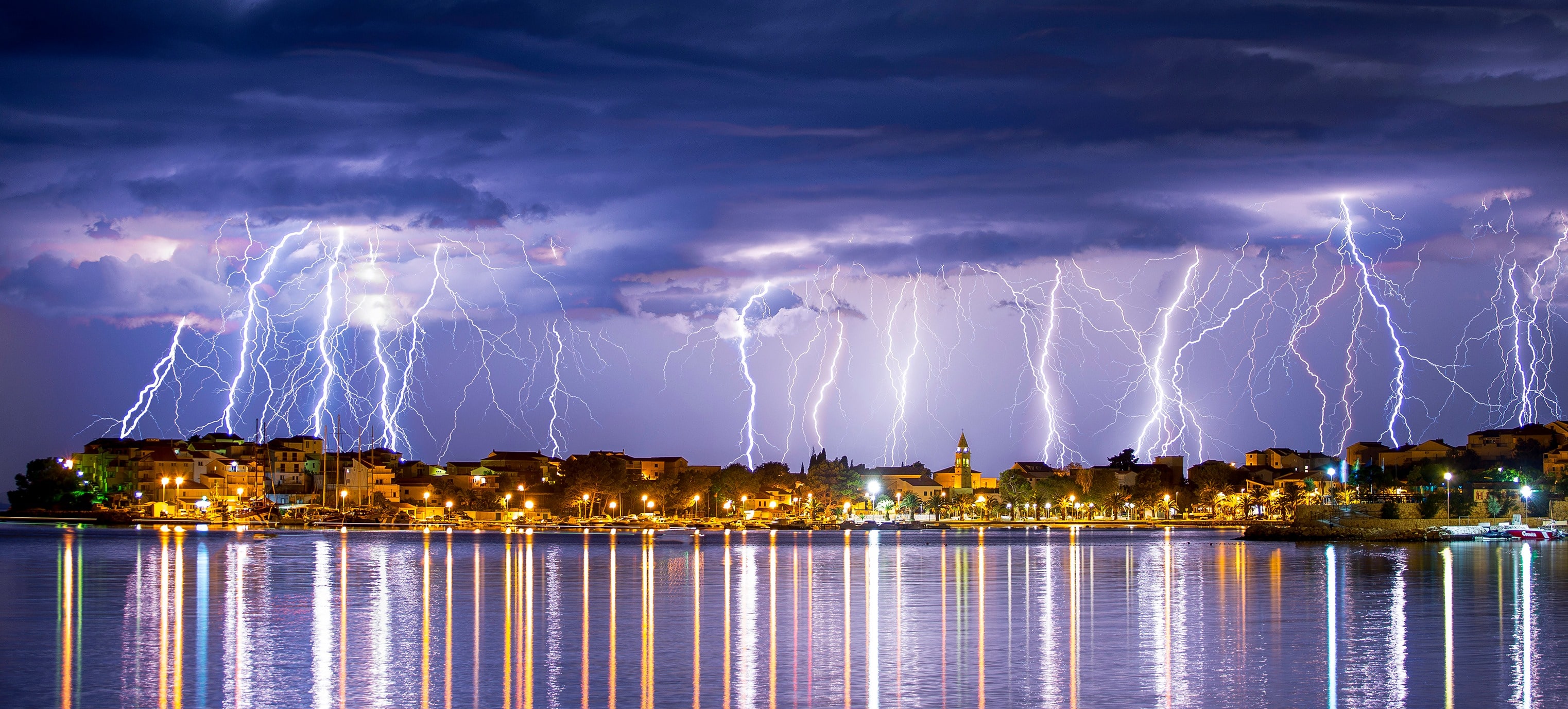 Photographer: Danica Sičič Photo taken: Srobreč, Dalmatia
Photographer: Danica Sičič Photo taken: Srobreč, Dalmatia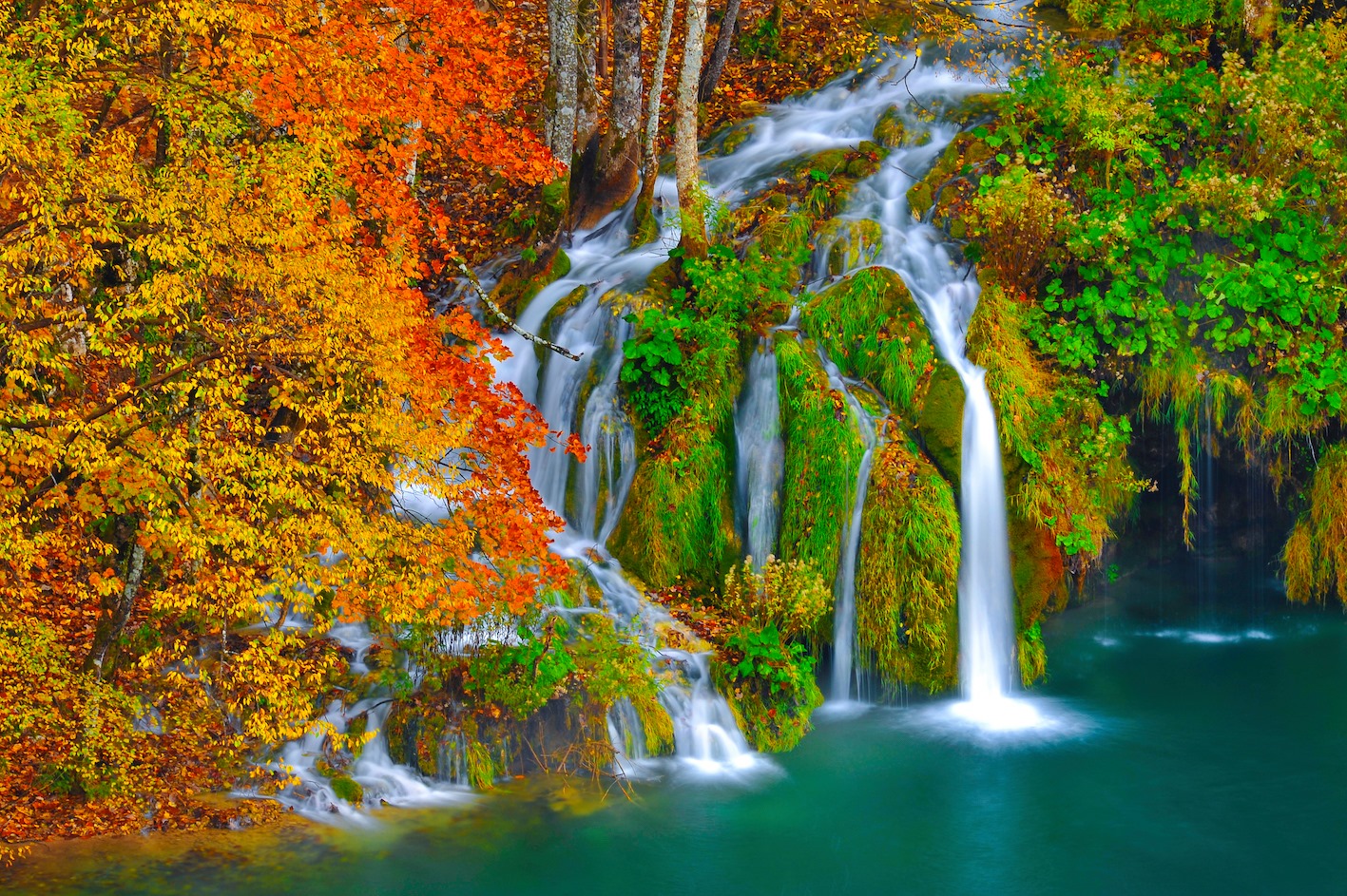 Photographer: Romeo Ibrišević Photo taken: Plitvice Lakes National Park
Photographer: Romeo Ibrišević Photo taken: Plitvice Lakes National Park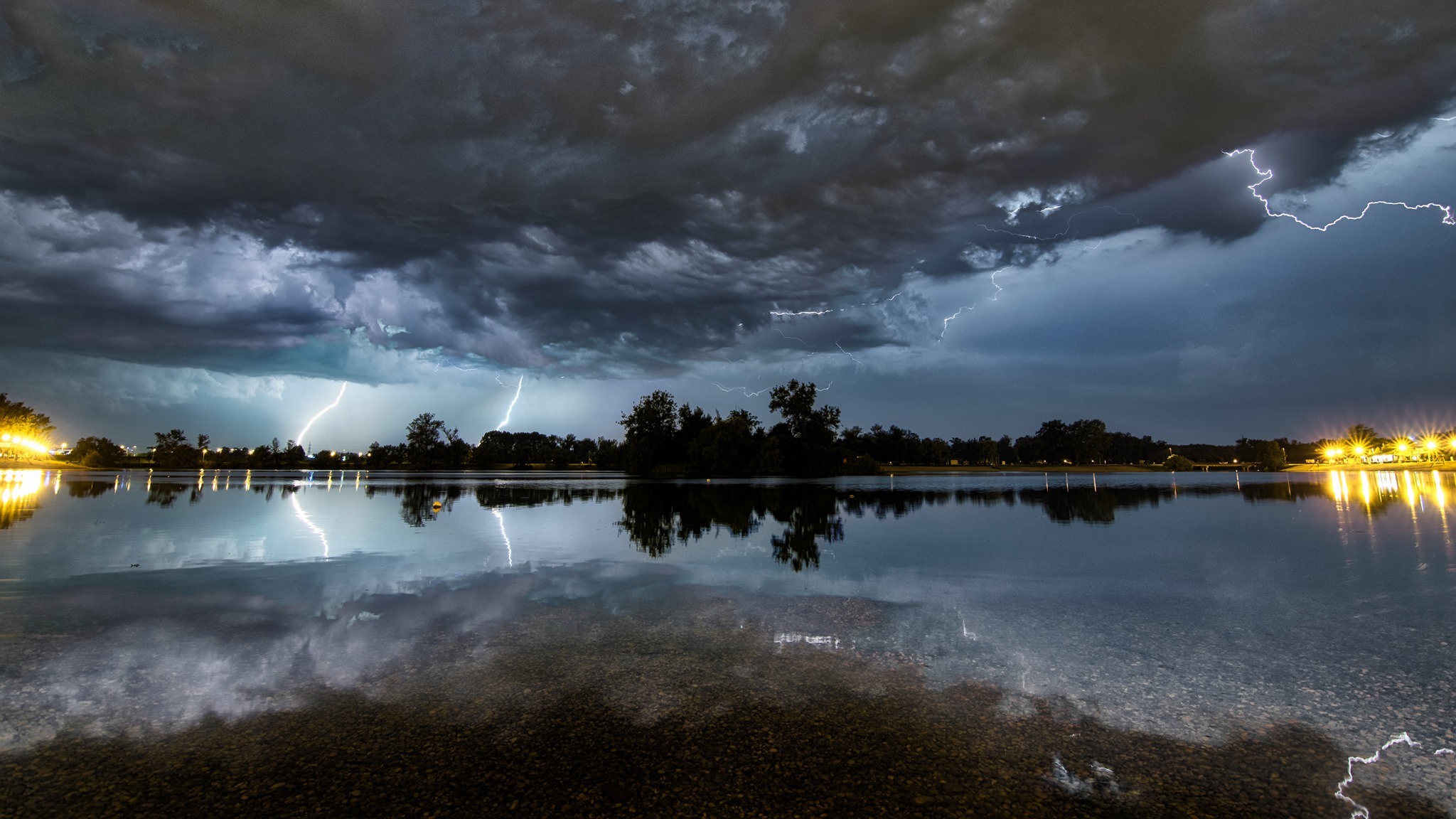 Photographer: Božan Štambuk Photo taken: Bundek park, Zagreb
Photographer: Božan Štambuk Photo taken: Bundek park, Zagreb Photographer: Miroslava Novak Photo taken: Pribislavec, Međimurje
Photographer: Miroslava Novak Photo taken: Pribislavec, Međimurje
As well as the two winners, two further examples of Croatia weather photography came in the runner-up category, of which there were 12 in total.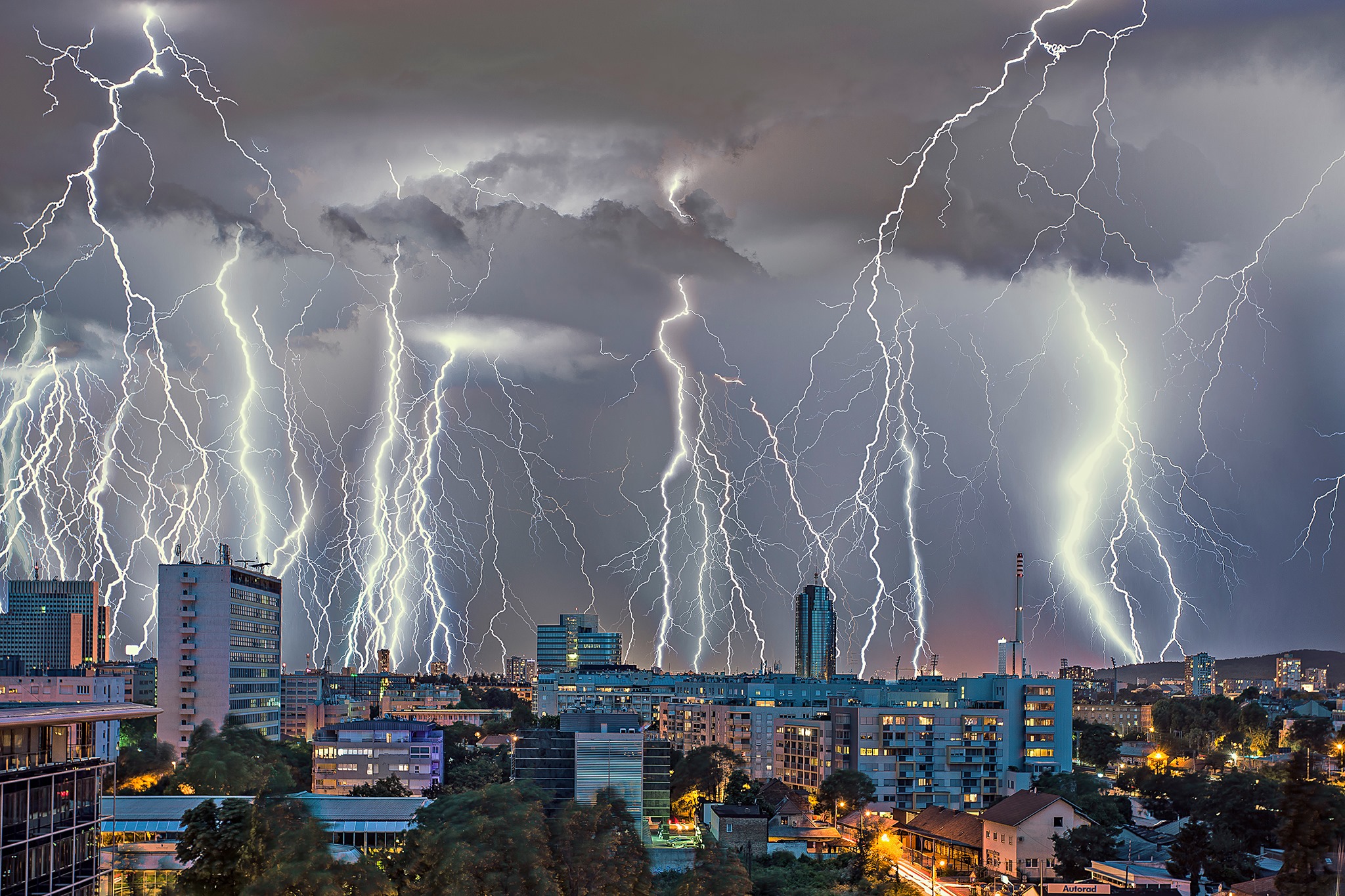 Photographer: Francesca Delbianco Photo taken: Zagreb
Photographer: Francesca Delbianco Photo taken: Zagreb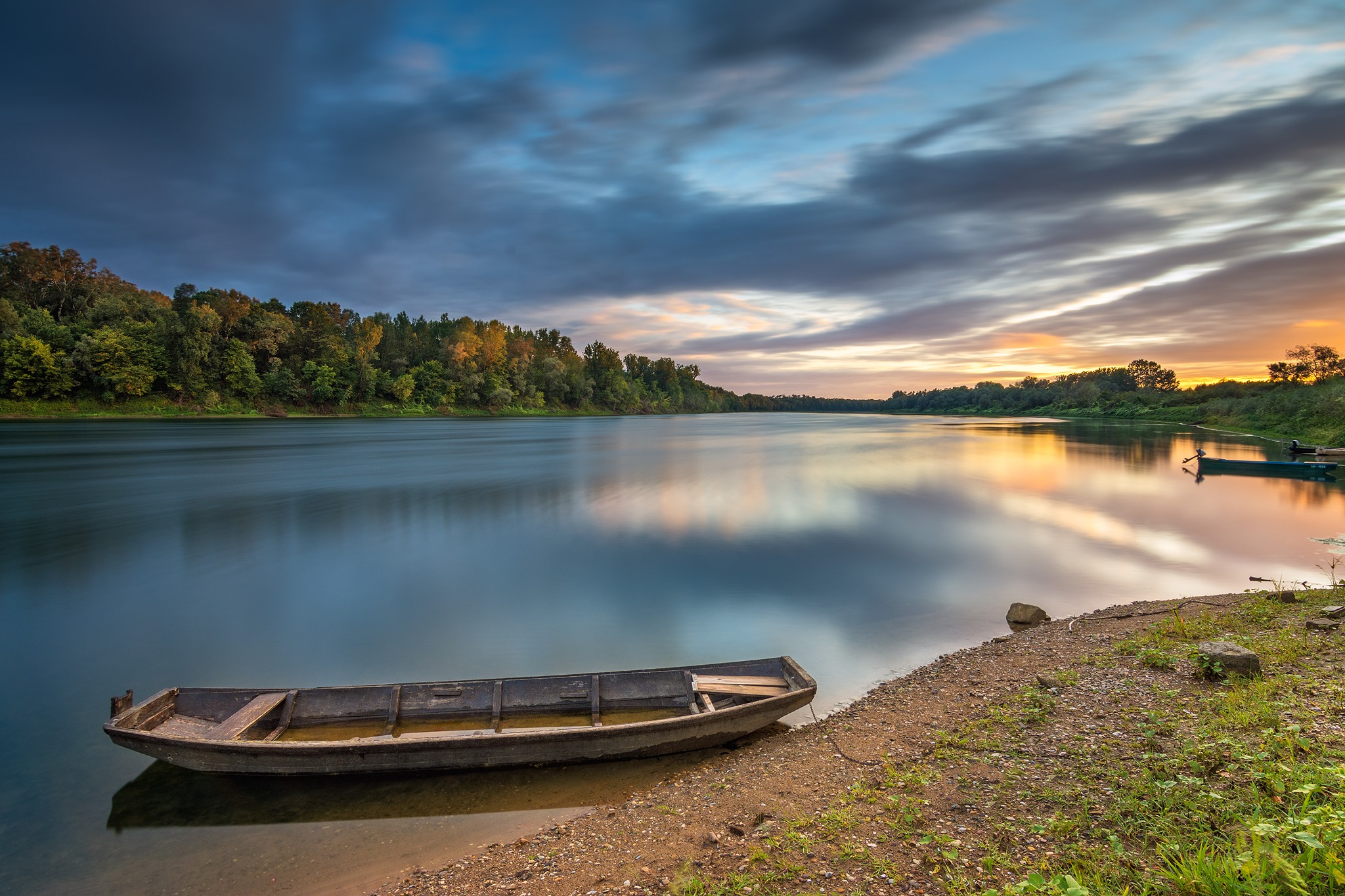 Photographer: Ivica Brlić Photo taken: Sava river, Davor, near Slavonski Brod
Photographer: Ivica Brlić Photo taken: Sava river, Davor, near Slavonski Brod Photographer: Nataša Šafar Photo taken: Rečica, near Karlovac
Photographer: Nataša Šafar Photo taken: Rečica, near Karlovac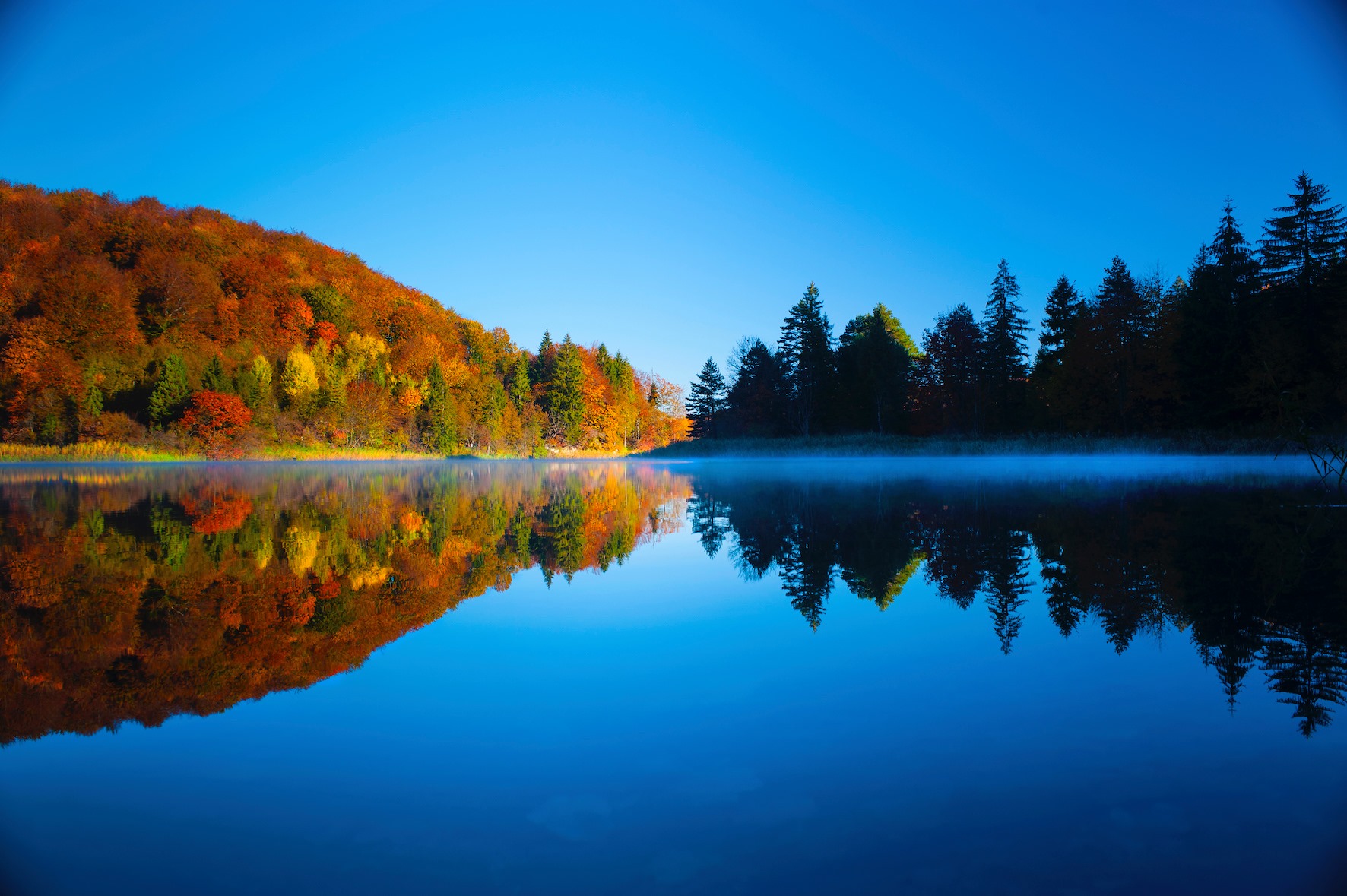 Photographer: Romeo Ibrišević Photo taken: Plitvice Lakes National Park
Photographer: Romeo Ibrišević Photo taken: Plitvice Lakes National Park
Over 1000 photographs from all over the world were entered in the 2020 competition. The submissions were narrowed down to a final selection of 70 contenders. As TCN reported back at the start of October, no less than 9 examples of Croatia weather photography made it into the final 70, taken by 7 Croatian photographers.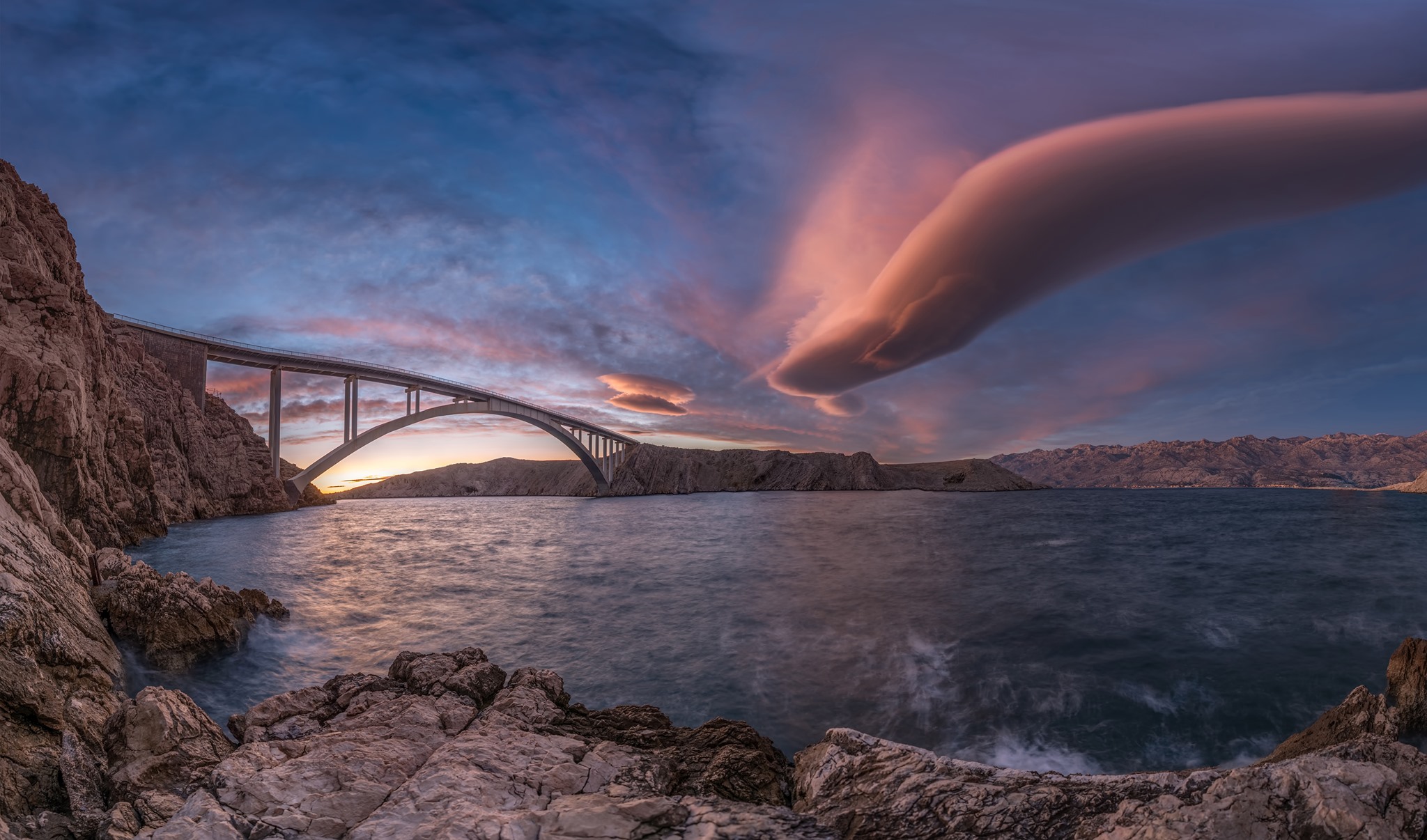 Photographer: Danijel Palčić Photo taken: Pag island
Photographer: Danijel Palčić Photo taken: Pag island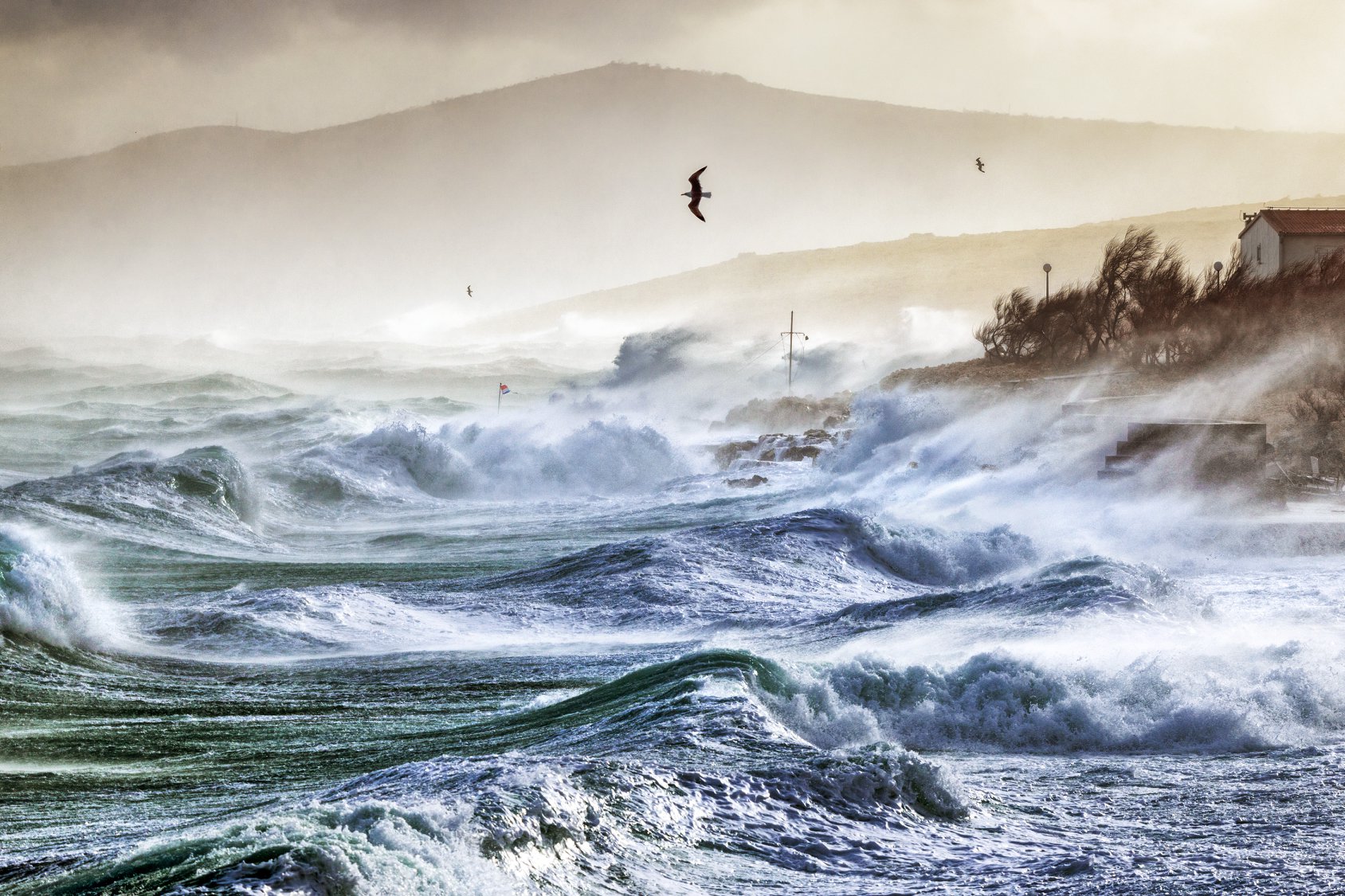 Photographer: Aleksandar Gospic Photo taken: Ražanac
Photographer: Aleksandar Gospic Photo taken: Ražanac
Croatia regularly punches well above its weight in the annual competition, as we can see from these 10 examples of incredible Croatia weather photography that were among the finalists in 2019.
All images courtesy World Meteorological Organisation
Green Heart of Umag: 50 Crepe Myrtle Trees Planted in Humagum Park
In the midst of the world's media (including TCN) being gripped by the coronavirus pandemic, every little bit of positive news is welcome. While a lot of encouraging headlines are drowned out by concerning articles about coronvirus, be they about public health or the precarious state of the global economy, there are still some that are enough to make you smile. One such story is happening in Umag's beautiful Humagum park.
Istria, while still less talked about than its southern cousin Dalmatia, is well known for its sheer beauty. This region of Croatia boasts all the gorgeous architecture, history and coastline of Dalmatia, coupled with a booming wine growing culture and lush, fertile greenery.
On top of the wine culture for which it is recognised, Istria places a lot of emphasis on ecology and taking care of the environment. The planting of trees in Umag's popular Humagum park is just another example of Istria's care for its surroundings and the nature which contributes so heavily to its beauty and popularity.
As Morski writes on the 13th of April, 2020, last week, employees of the city company Komunela d.o.o. planted new Crepe myrtle trees, known for their gorgeous pink blossom along Umag's picturesque waterfront.
A total of fifty new seedlings of this wonderful plant will adorn Umag's beautiful Humagum park and dominate this open space with its pink flowers as the warm spring weather approaches.
This is a new phase of landscaping the so-called green heart of the city, which will certainly add to not only the beauty of the place, but also contribute to providing some much needed shade during the hot summer months.
Make sure to follow our dedicated lifestyle page for more. If you're interested in official and unofficial ways in which Croatia works to protects its environment, give Total Eco Croatia a follow.
Super Neighbor: Sea Star Festival Encourages Festival-goers to Volunteer in New Campaign
April 7, 2020 - At a time when it's usually actively promoting its music festival, Sea Star in Umag has instead turned its efforts to volunteering, and is asking festival-goers to lend a hand to their neighbor instead.
"Times are not so miserable when the Super Neighbor knocks," reads the opening remark of a video created by the EXIT and Sea Star festivals to encourage young people to become actively involved in helping their fellow citizens, reports Glas Istre.
During the current coronavirus pandemic, and after the Zagreb area suffered from a series of earthquakes, volunteering, the festival organizers say, has once again proven to be one of the most urgent human needs and traits.
Instead of promoting the festival, which is usually the most intense at this moment, EXIT and Sea Star have decided to focus their efforts on the "Super Neighbor" campaign to help volunteer associations and initiatives, both locally and nationally in Croatia.
The Super Neighbor campaign will gather information on volunteering in one place, where and how to apply, and keep track of all the worthy volunteer actions and suggestions.
For many of our fellow citizens, helping to meet basic living needs has become crucial, and many volunteers are needed in Croatia to help older citizens go shopping, get medicines, or walk their pets and take out their trash. In Zagreb, the situation is even more difficult because the earthquake has permanently or temporarily damaged houses and apartments.
All volunteer posts that feature the hashtag #SuperNeighborhood in the description will be promoted through the social networks of the Sea Star Festival and through the Super Neighbor profile on social networks, which will always have more information and positive examples.
Everyone is invited to submit photos of their actions in order to involve as many citizens as possible to help those who need it most. Also, experiences from the field can be exchanged in this way to make it easier for others involved in this action to cope with social distancing, disinfecting and operational functioning.
According to the organizers, Exit Festival as a social project has been promoting sincere human values for 20 years, announcing positive social changes and acting to convey love and freedom worldwide through various humanitarian, educational and cultural events, while the Sea Star Festival in Umag, as Exit's sister festival, has been following the same path for the fourth year in a row.
“Super Neighbour” is the sister of the same campaign that has been successfully operating in the territory of Serbia for the second week and is delivering good results, with a great response from young people to help older citizens.
To read more about lifestyle in Croatia, follow TCN's dedicated page.
Plava Laguna Croatia Open Umag Awarded Best Sporting Event in Istria
December 18, 2019 - The Plava Laguna Croatia Open Umag was awarded the Golden Goat (Zlatna koza) - Capra d'oro, the annual award of the Istria County Tourist Board as the most successful sporting event.
HRTurizam writes that these are awards given to an individual or group for their outstanding contribution in the field of marketing activities in tourism in Istria, especially in the field of product promotion and tourism promotion for activities, products and projects in the area of Istria County.
"The ATP Croatia Open is an event that has made Croatia, Istria and Umag recognized worldwide. It is a strong brand that symbolizes the values promoted by the Istria County Tourist Board, namely lifestyle, dynamism, innovation, gastronomy and quality. This award is more than deserved, because everyone cannot survive in all circumstances and maintain such a level of organization for thirty years in a row, therefore, sincere congratulations to all who contributed to it,” said Denis Ivošević, director of the Istria County Tourist Board, at the award ceremony.
The award was received on behalf of the Plava Laguna Croatia Open Umag by Arlen Brozić, director of the Executive Board of the tournament, along with Vili Bassanese, Mayor of the City of Umag and Milovan Popović, Director of the Umag Tourist Board.
"We are extremely honored to have been awarded this recognition. ATP Umag has contributed to the development of Croatian tennis and the promotion of Croatian tourism from the very beginning, and in 30 years has confirmed its strong position as a promoter of sports, as well as of Umag, Istria and Croatia. With ten days of tennis, music, and gourmet programs, ATP Umag is a successful tourist story that is broadcast through TV matches in 100 countries around the world,” said Arlen Brozić, Executive Director of Plava Laguna Croatia Open Umag Executive Board.
The Plava Laguna Croatia Open Umag is one of the most important international events in Croatia, which greatly enhances the tourist offer of Umag, Istria and Croatia.
For 30 years, Umag has been transformed into a center of top-class tennis, great exhibitions, exciting entertainment and exceptional gourmet offerings, providing visitors with an unforgettable experience. Continuous investment in the quality and diversity of the program results in attracting an increasing number of guests from around the world, as well as a growing number of international and domestic media.
“The Plava Laguna Croatia Open Umag is an icon of Umag, promoting quality sport, top quality entertainment and a world-renowned gourmet offer - the ‘ingredients’ that define the town. This year is significant for Umag. The city, which was named the European City of Sport last year, was the proud host of the 30th edition of this renowned tennis spectacle this year. It is a great honor for me as Mayor of Umag, that for 30 years, the ATP Croatia Open has been promoting our city and homeland as a tourist and sporting destination around the world, and this laudable award, the Golden Goat presented to us today, is proof that we are on the right path to persevere and will be better every year,” said Vili Bassanese, Mayor of the City of Umag.
Milovan Popović, Director of the Umag Tourist Board, added that the Plava Laguna Croatia Open Umag has been bringing top tennis players to Umag for 30 years, contributing to the promotion of the destination all over the world, and therefore can be considered as their ambassadors.
“In addition, during the tournament, which spans more than ten days in Umag, there are almost 500 journalists from Croatia, the region and the world who broadcast news from Umag daily. It is indisputable, therefore, that the influence of our tournament has ranked Umag, and thus Istria, as a recognizable destination ideal for sports, vacations and fun over the last 30 years,” Popović concluded.
To read more about sport in Croatia, follow TCN’s dedicated page.
Record Numbers for Umag's Sea Star Festival, 164 Million Kuna in Profit for Croatia
December 10, 2019 - The Sea Star Festival in Umag has brought 164 million kuna in profit to the Croatian economy over the past three years, according to a survey by the consulting firm Hotelis, specialized in tourism and hospitality, made for the needs of the Umag Tourist Board.
HRTurizam writes that in the same period, the total value of the promotion of the festival, organized by the multi-award-winning EXIT team, amounts to almost 100 million kuna, mainly focused on the branding of Umag, Istria and the Croatian coast.
Although the analysis states that in addition to direct, indirect spending from the Sea Star could be around an additional 65 million kuna, this amount is still not counted, as more research is needed to calculate it accurately.
The comprehensive analysis, in addition to the Sea Star Festival, also includes music and sports games in Fažana, a multi-day event that, in collaboration with English partners, the EXIT team has generated around 30,000 overnight stays by British tourists over the past two years in the early preseason in March and April, as well as 23.8 million kuna in spending for the local economy.
The analysis also noted that, despite Croatia becoming a destination with a large number of festivals, Sea Star in May is still the only major music festival in the preseason, more precisely beyond peak dates when the coast is already full of tourists. Thus, this festival, as well as the Exit project in Fažana in March and April, are one of the few positive examples that support Croatian tourism plans for enriching the offer beyond the peak season.
The survey also finds that visitors to the Sea Star Festival spend about 35% more than the average tourist in the same destination, averaging 2,200 kuna, while foreign visitors spend, on average, up to 3,000 kuna during this festival weekend.
Considering that they mostly choose apartments for their accommodation, their extra-board consumption is two times higher than the average, which further increases the effect on the local economy. Based on the financial statement data, Exit's Croatian company EMC generated taxes of 8.2 million kuna in three years, while the festival also employs a large number of employees from different professions, and the total number of people hired before and during the festival was estimated at over 400.
Over the past three years, the Sea Star Festival has seen more than 120,000 visitors, of which, according to research, about 90% came to Umag solely for the festival.
Of these, as many as 96% of respondents have improved or left with the same opinion about Umag, from which the research concludes that the festival has a very positive effect on destination branding and will, according to the report.
UNWTO forecasts say that the main driver of global tourism growth will be young people, and that nearly 370 million young travelers will account for more than $400 billion in spending over the next decade.
Sea Star festival-goers are young; according to the survey, and on average, the typical visitor is 25.5 years old, while the share of those older than 35 is about 7%. On average, 58% of visitors are employed, while the percentage of university students is as high as 68%.
The motivation for arrivals is mostly the social aspect of the festival, followed by the music program as a cultural aspect, and eventually, those using it as an opportunity to stay at sea. Many cite loyalty to the EXIT brand as a reason, and confidence in the organization and quality of the event, which is officially part of its large, international festival family.
To read more about lifestyle in Croatia, follow TCN’s dedicated page.
Investment in Croatia: 22 Million Kuna Cash Injection for Umag
Investment in Croatia is often a set of words that makes people shudder. This country, while in desperate need of investment, be it foreign or otherwise, likes to put up as many draconian, outdated barriers as possible, often resulting in putting off would-be investors entirely. But it isn't all so bleak, and as usual, Istria is a shining example.
As Poslovni Dnevnik writes on the 27th of November, 2019, within the project "Umag - City of Children 2010-2020" The Istrian city of Umag has continued to invest in education and to ensure the best educational conditions and standards for its residents.
At yesterday's press conference, the Mayor of the City of Umag, Vili Bassanese, his deputies and others from the city's administration, as well as representatives from the local school on which the project is focused, and the project's contractor, presented the project.
"The energetic renovation of the building of Osnovna škola Marije i Line was officially presented to the public at Školska 14, City of Umag ", with a total value of almost 22 million kuna, according to a report from local portal Glas Istre.
This project was submitted to the tender of the Ministry of Construction and Physical Planning from the Operational Program of Competitiveness and Cohesion 2014-2020. The project is financed by the European Regional Development Fund with 7,147,248.16 kuna in grants, 8,815,698 kuna in grants from the fund for co-financing EU projects at the regional and local level of the Ministry of Regional Development and EU Funds, as well as 5,879,832 kuna from the budget City of Umag itself.
The main objective of the project is to save 61.45 percent of the school's heating energy on an annual basis when compared to the annual consumption before the energy renovation, which will be achieved by increasing the thermal protection of the roof and the exterior walls, installing new high-efficiency heating system and more.
Make sure to follow our dedicated business page for much more on investment in Croatia.


